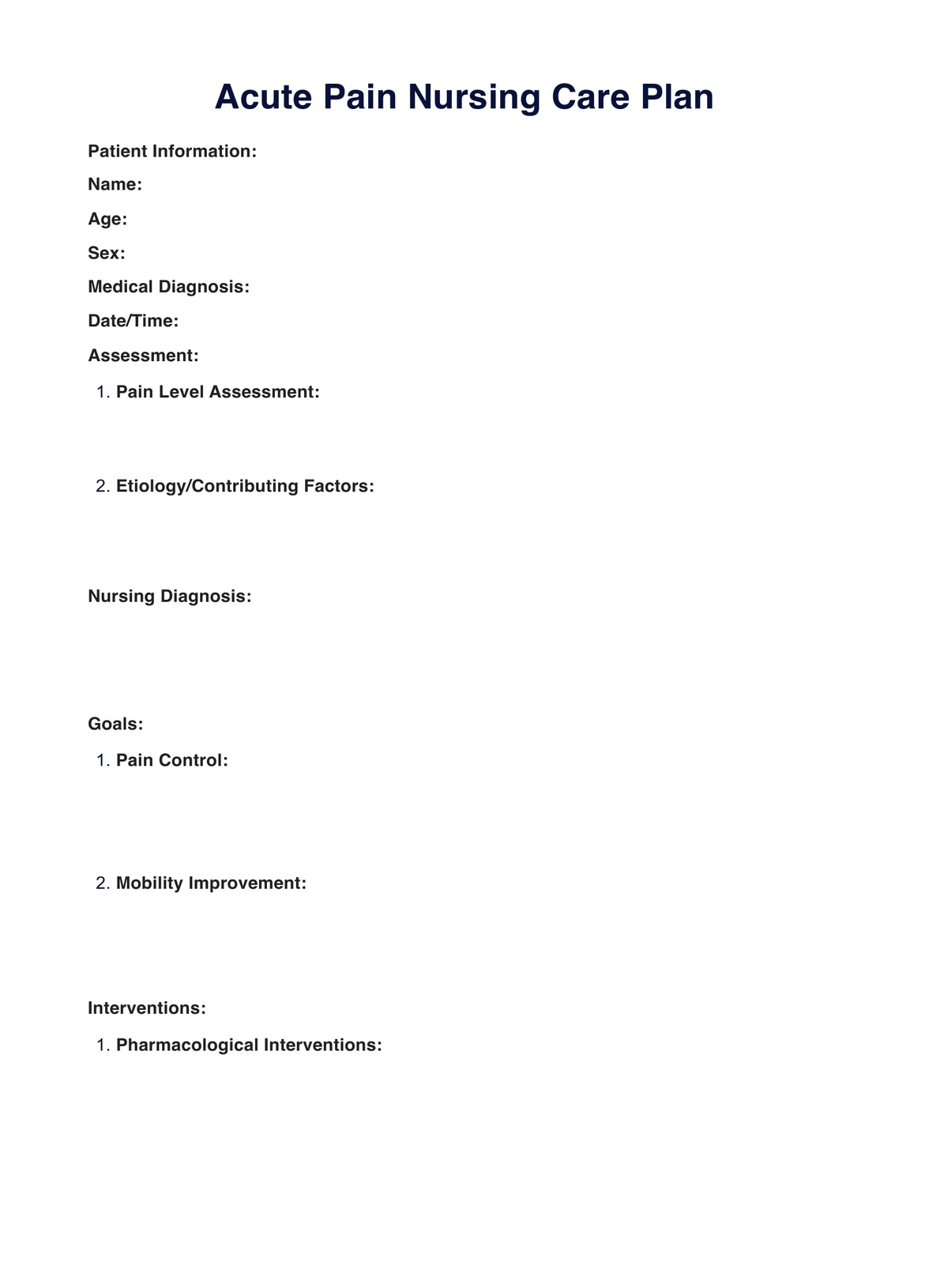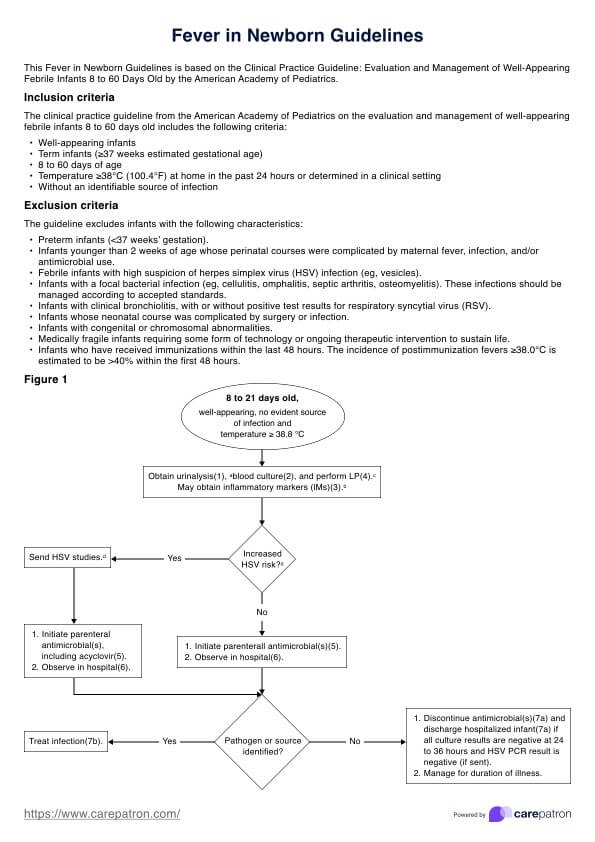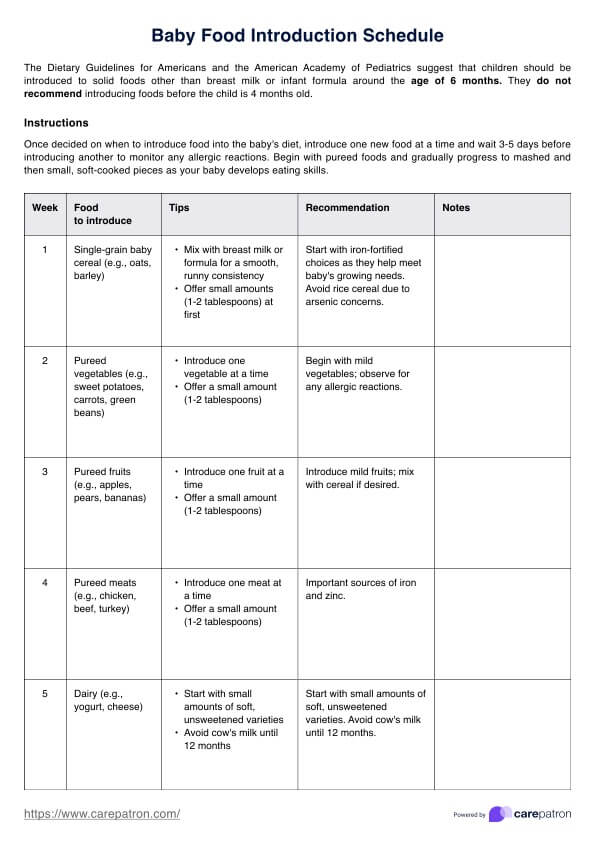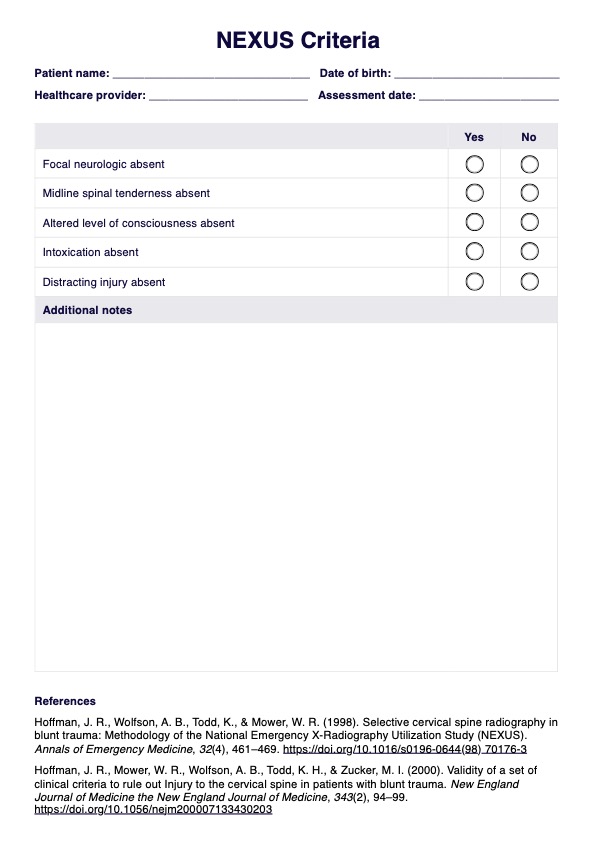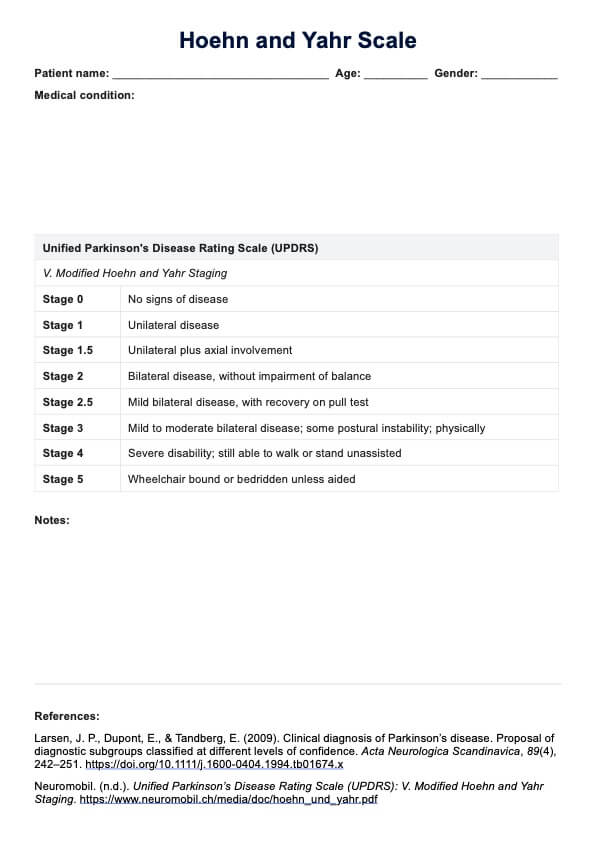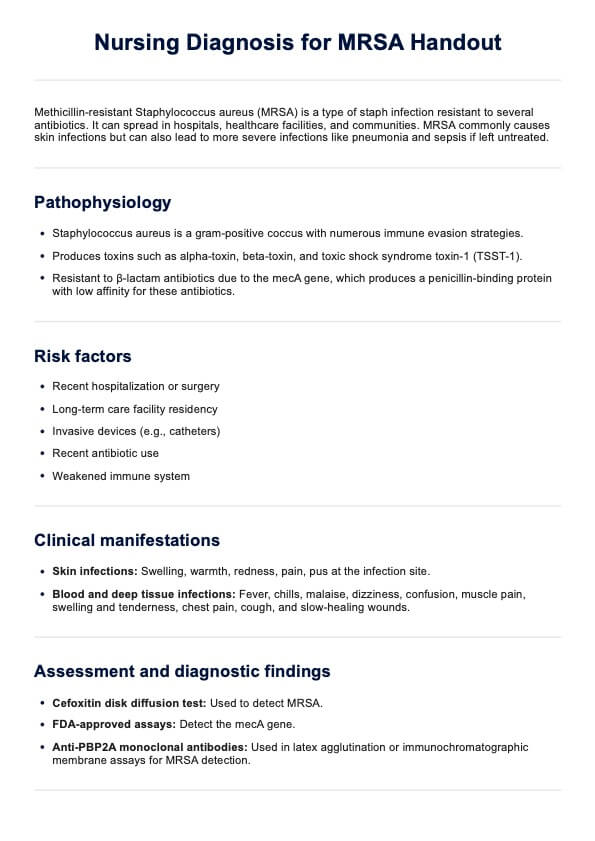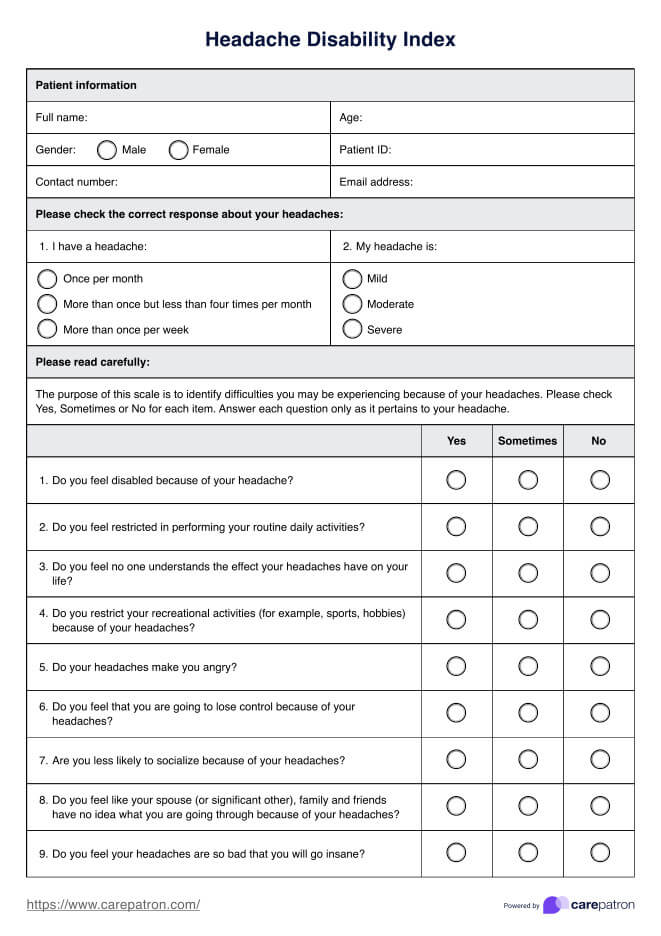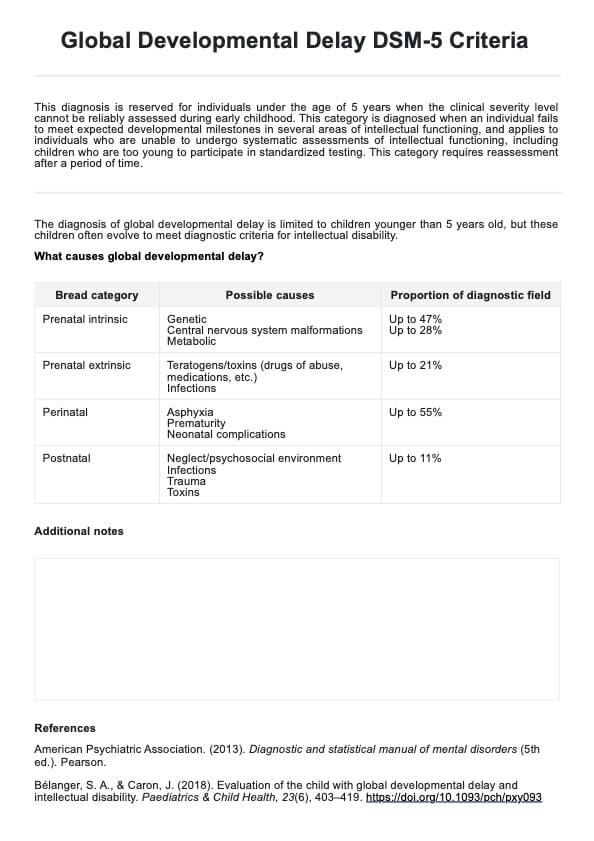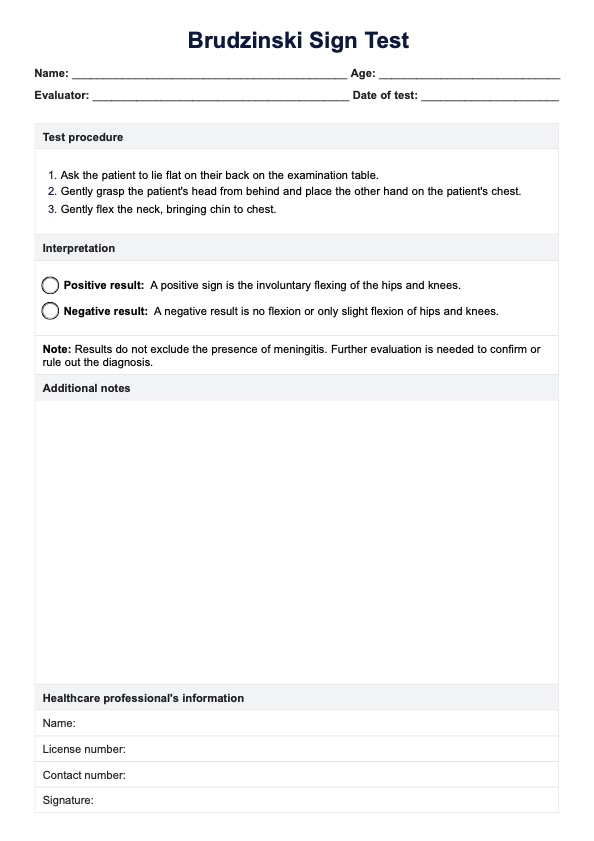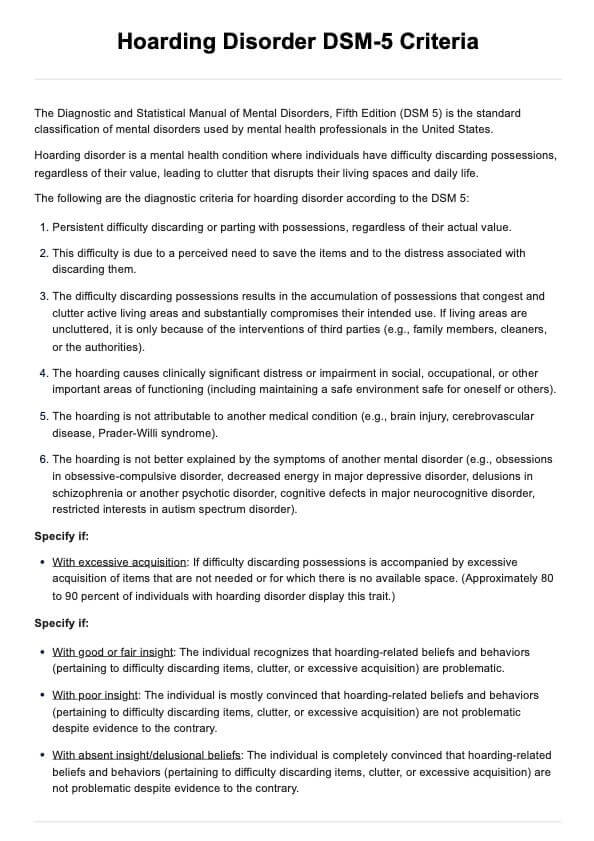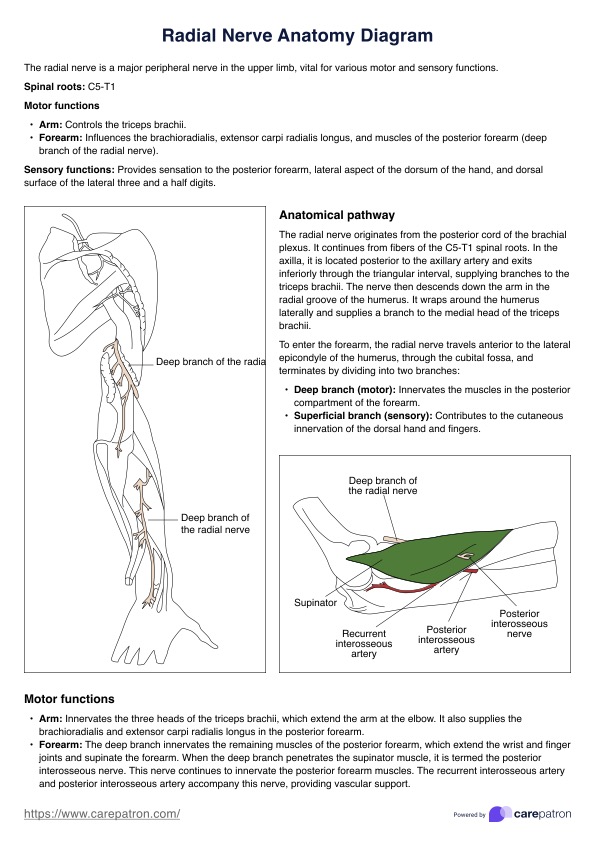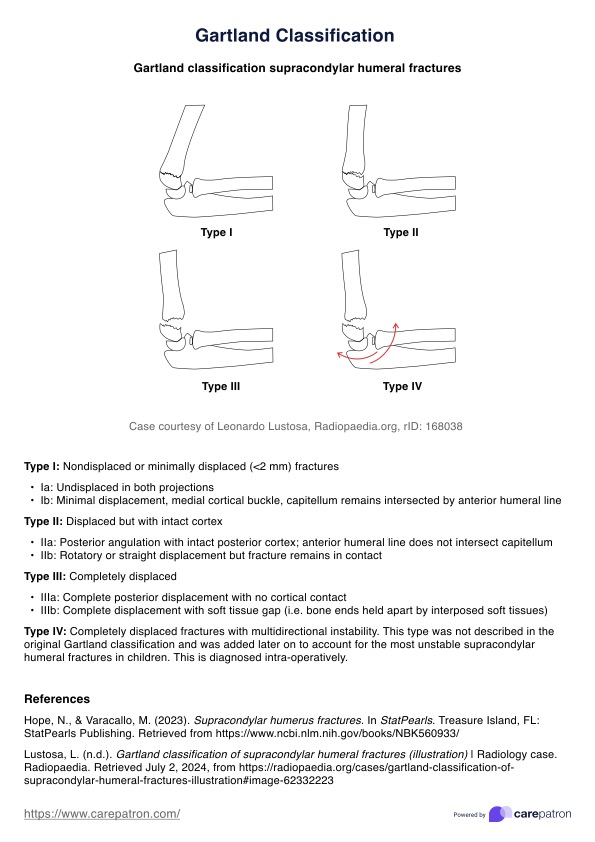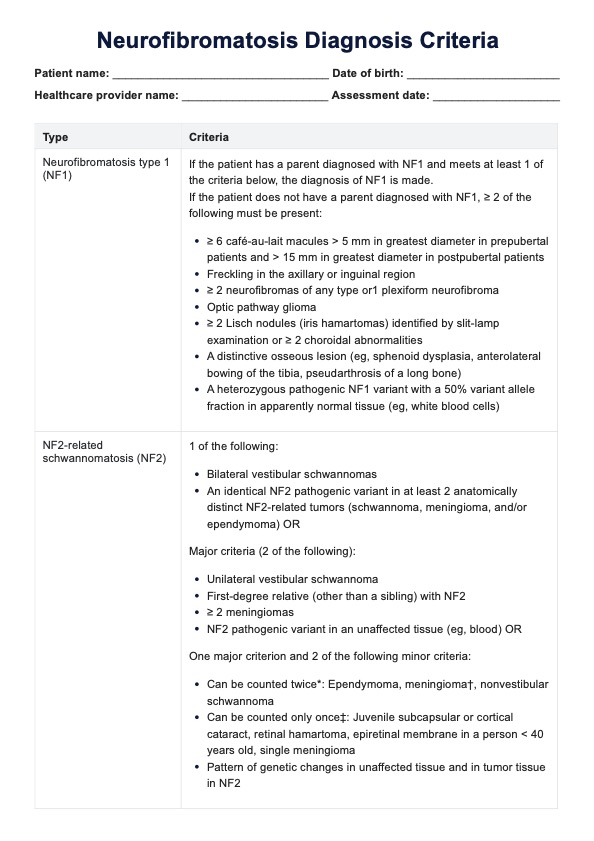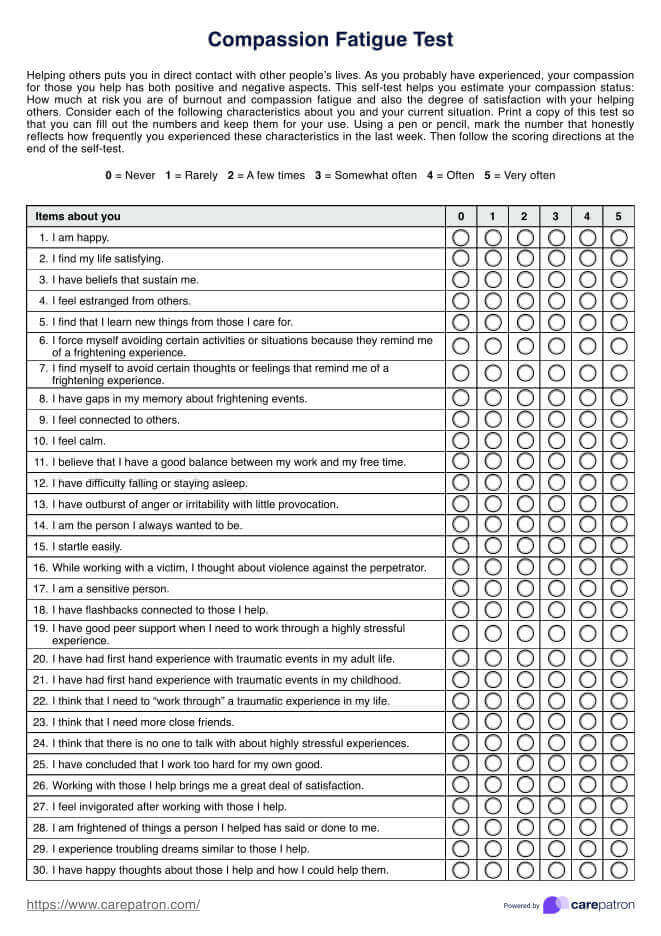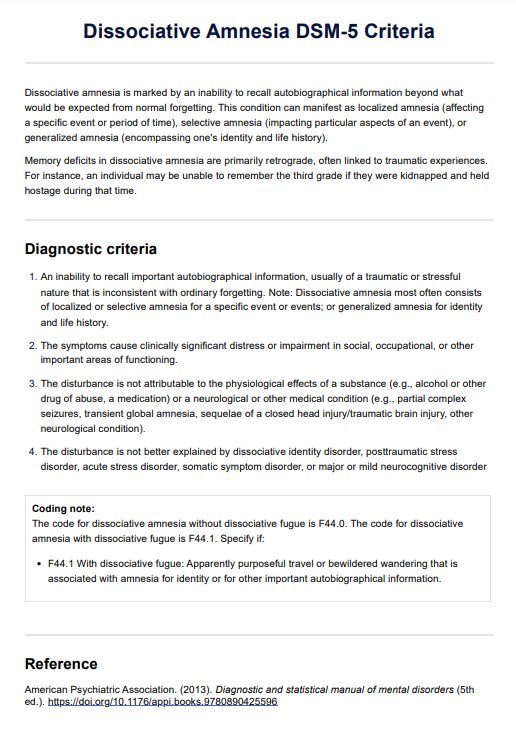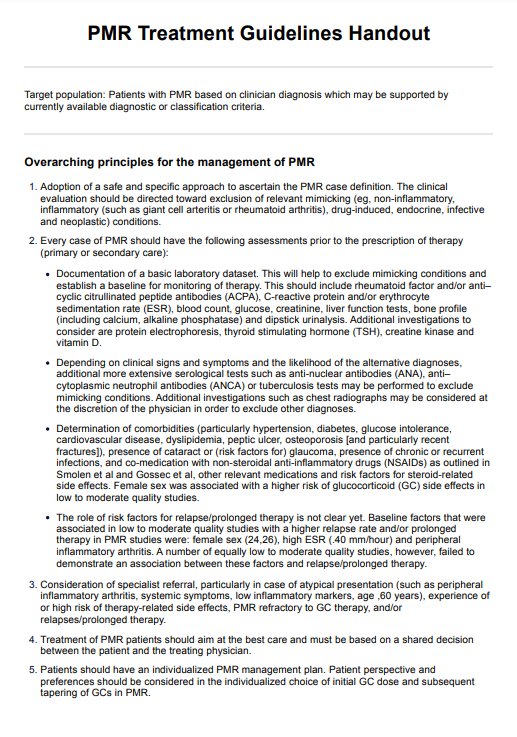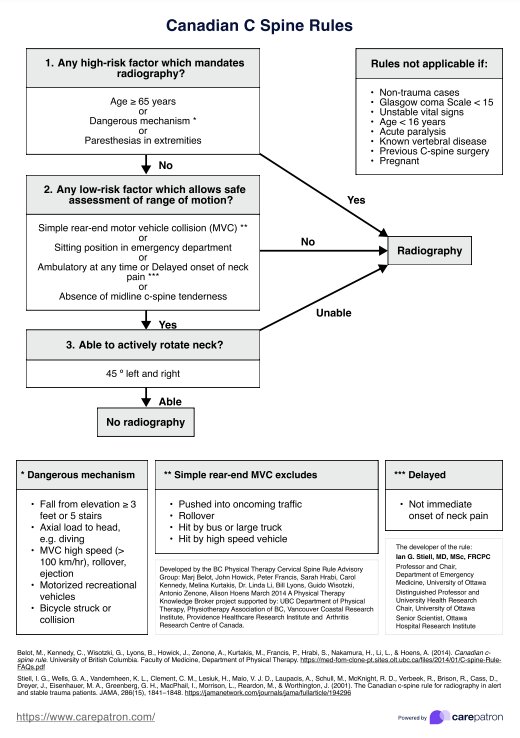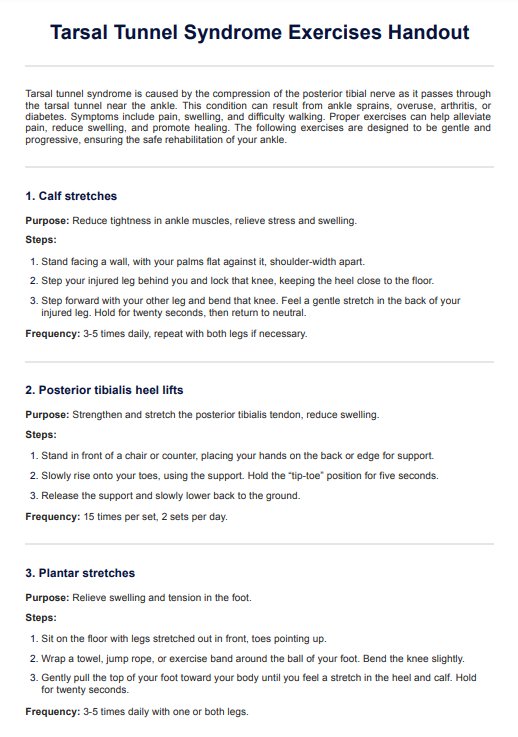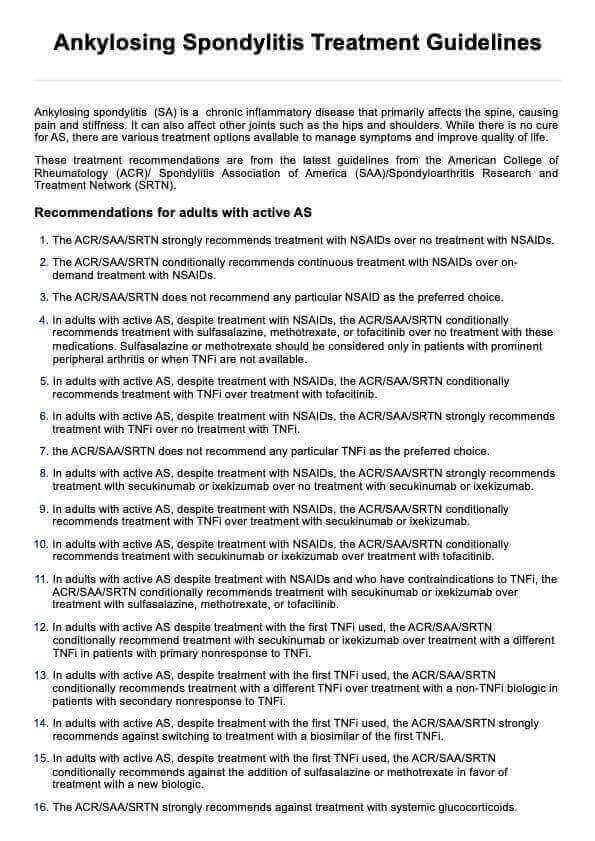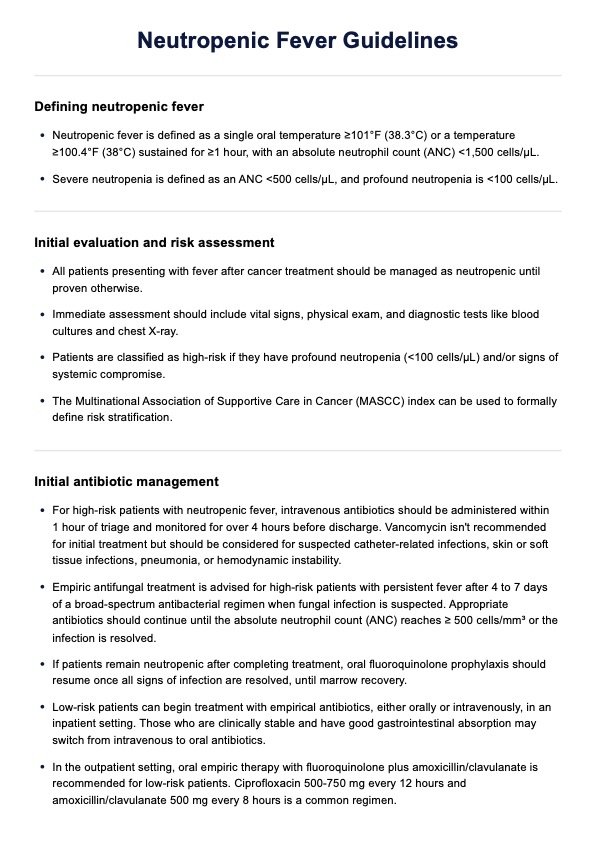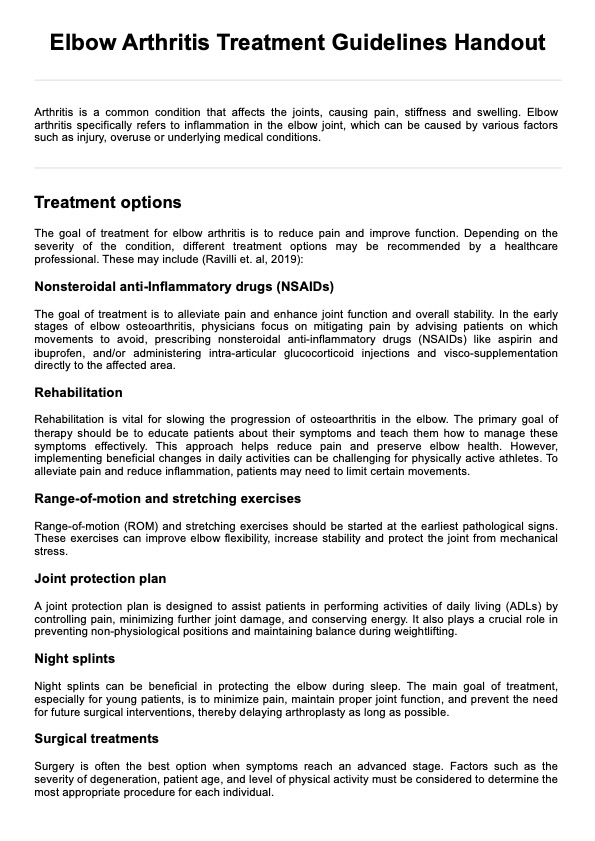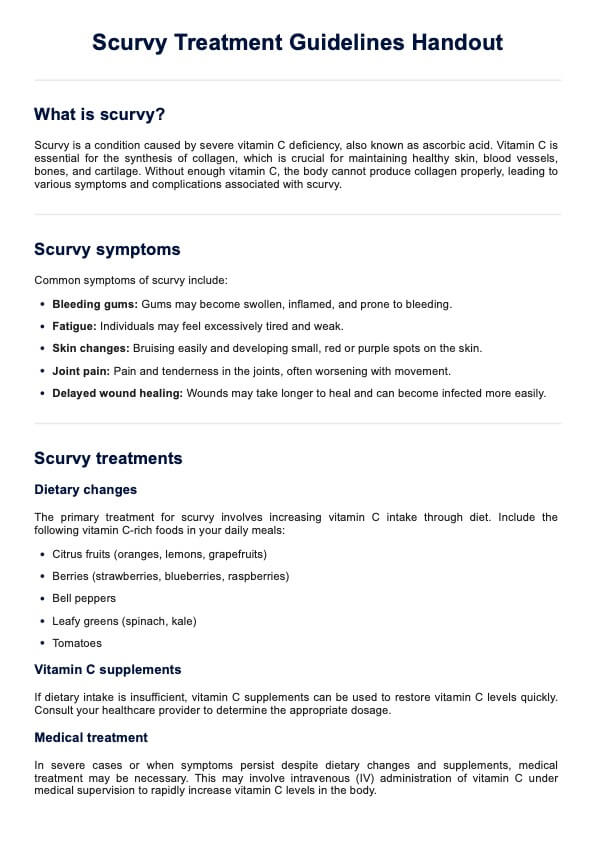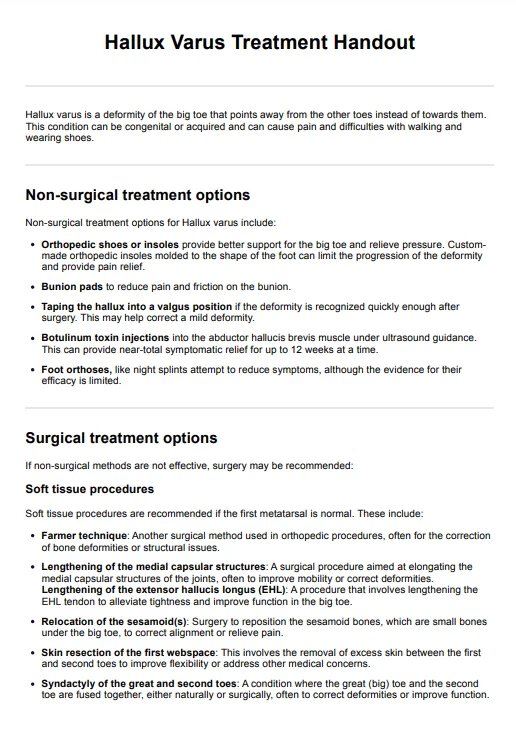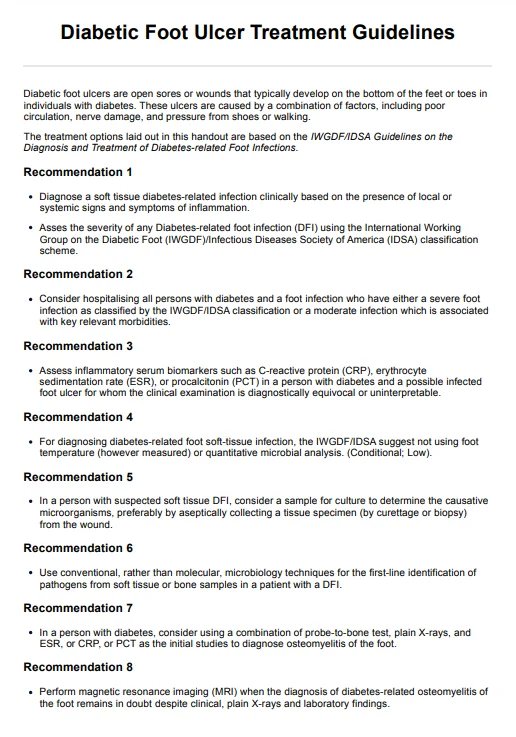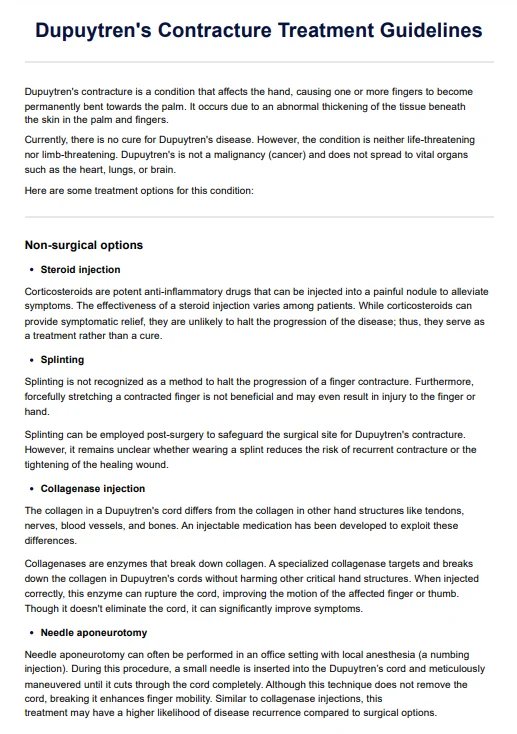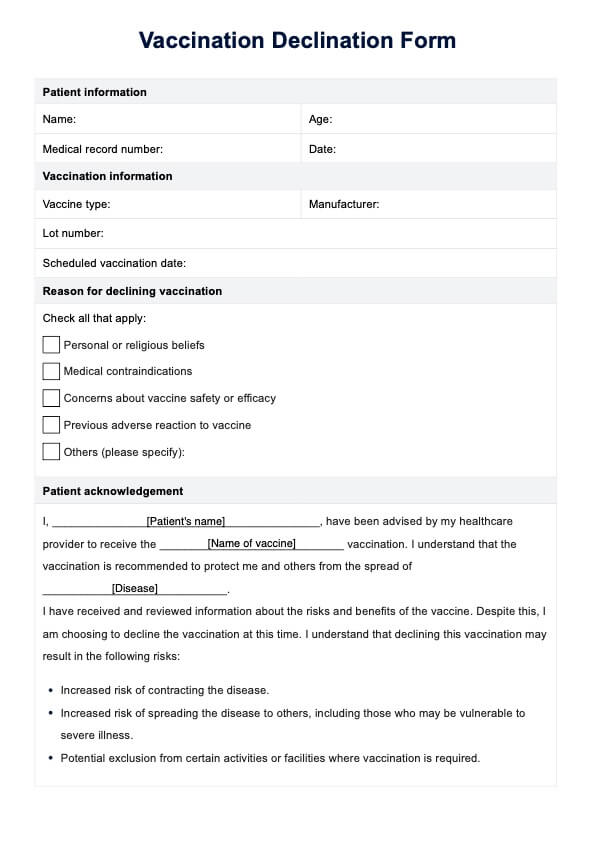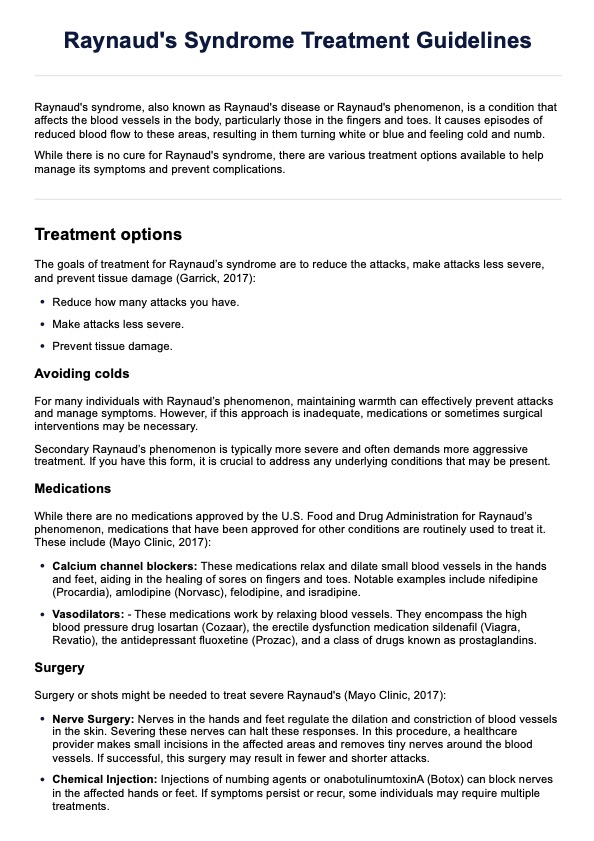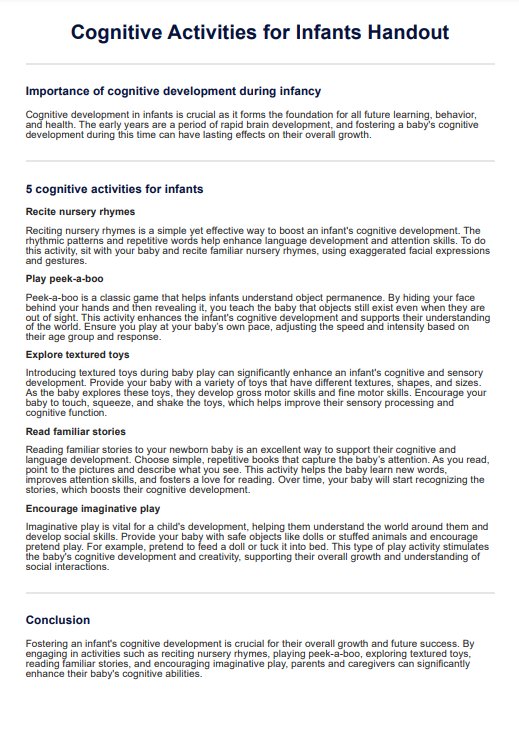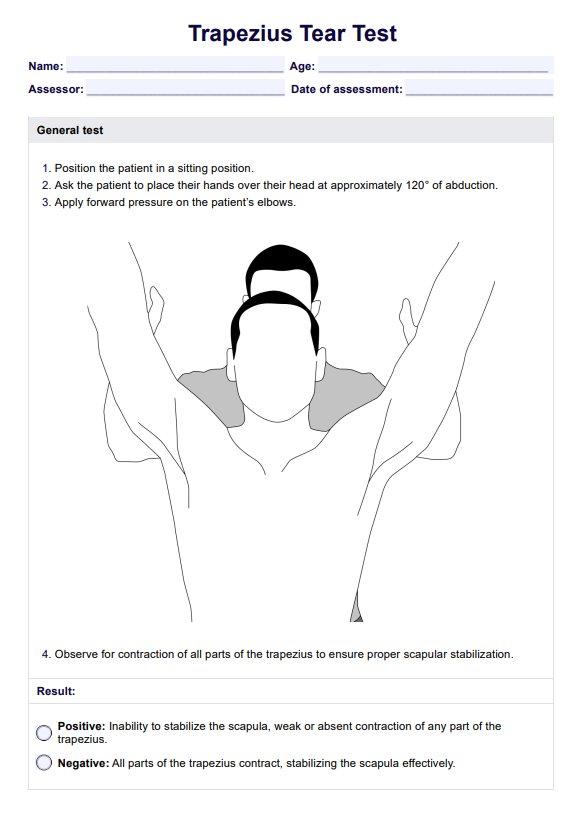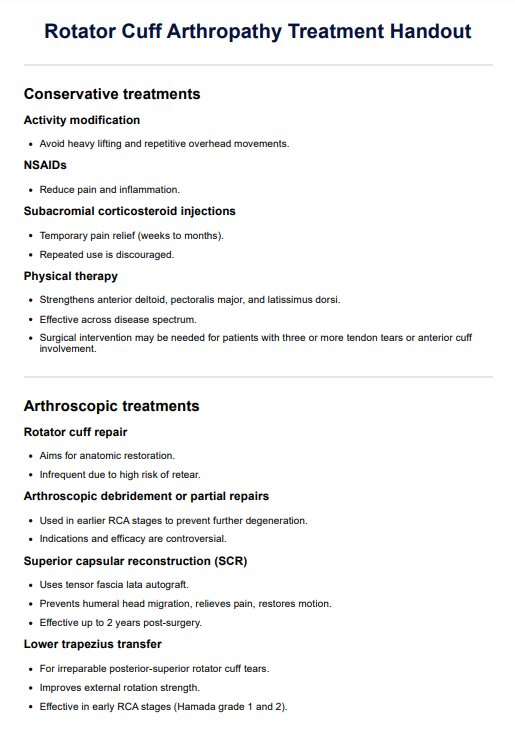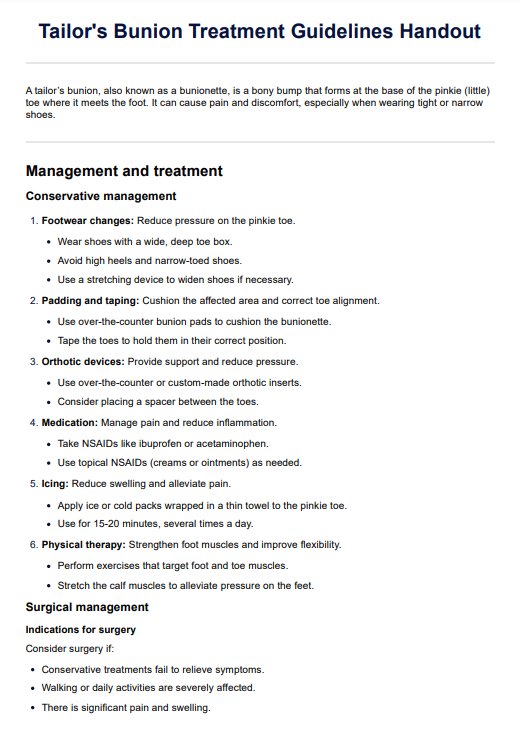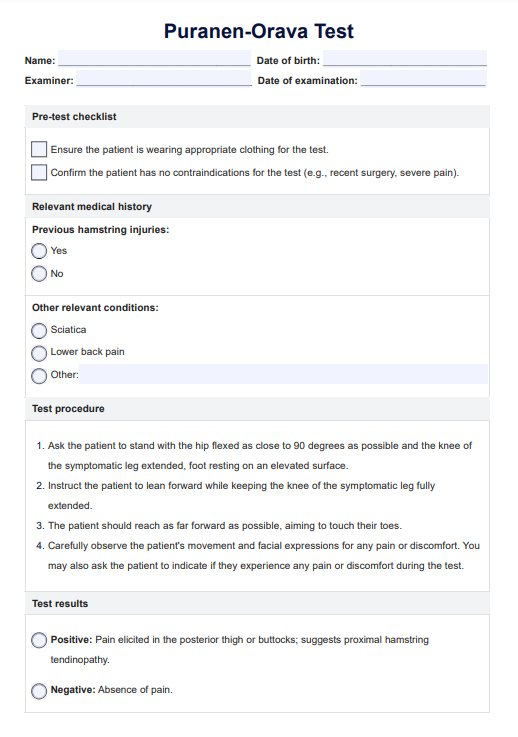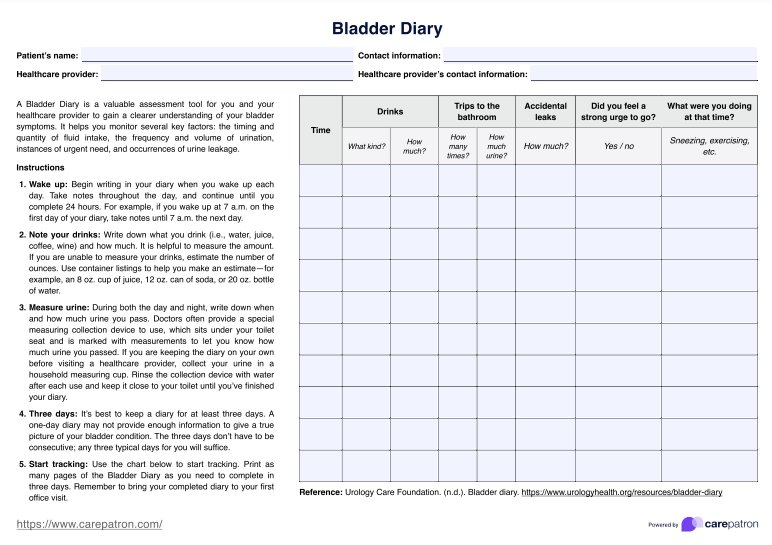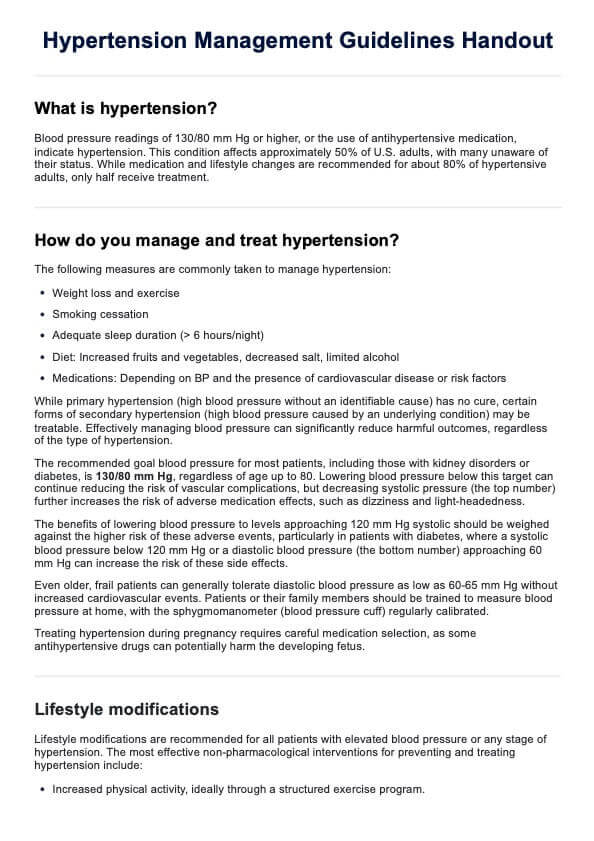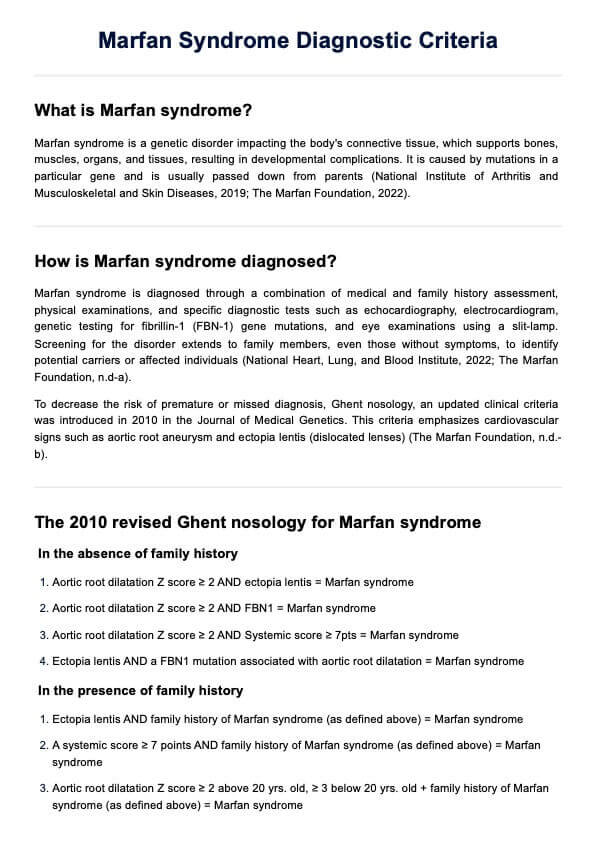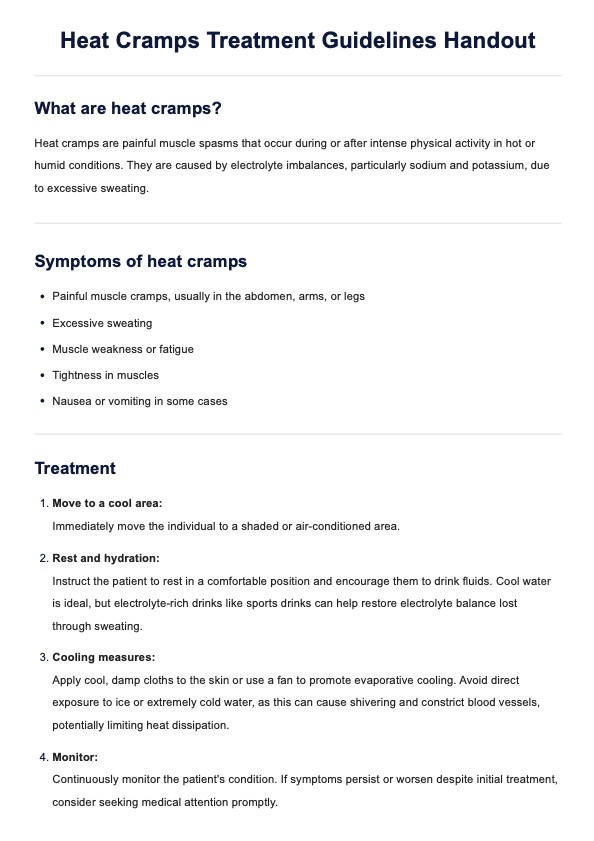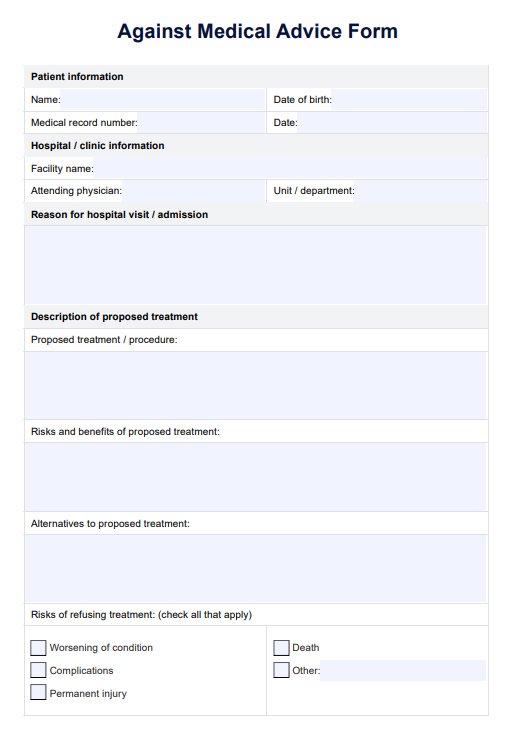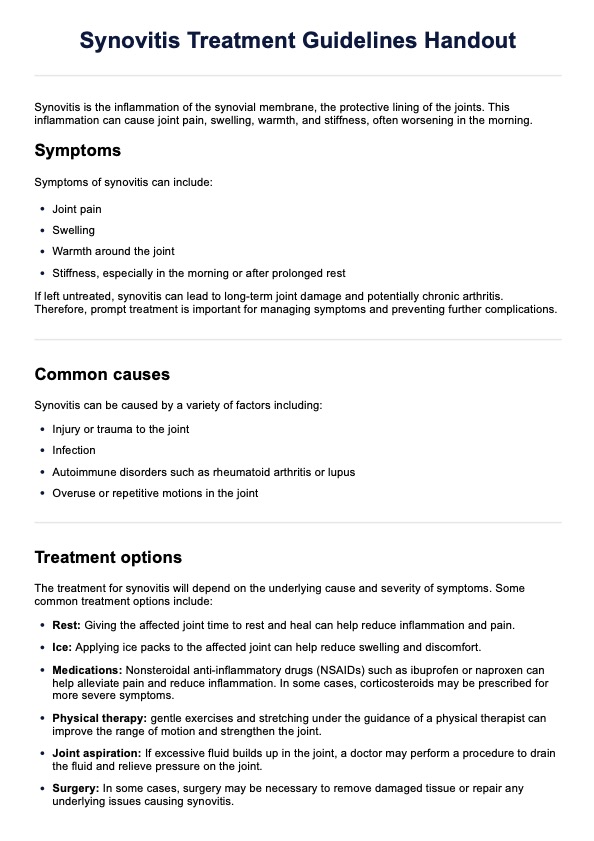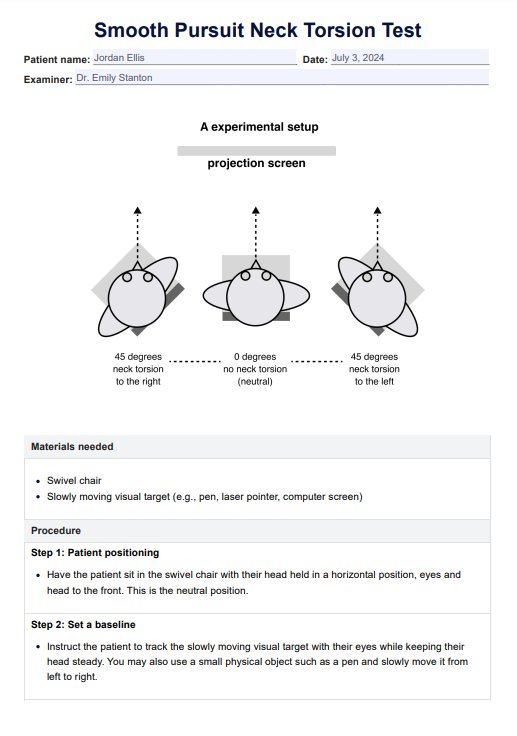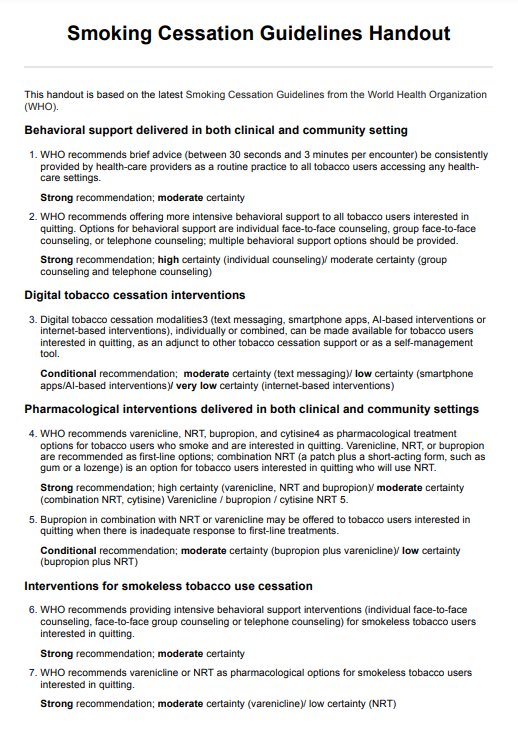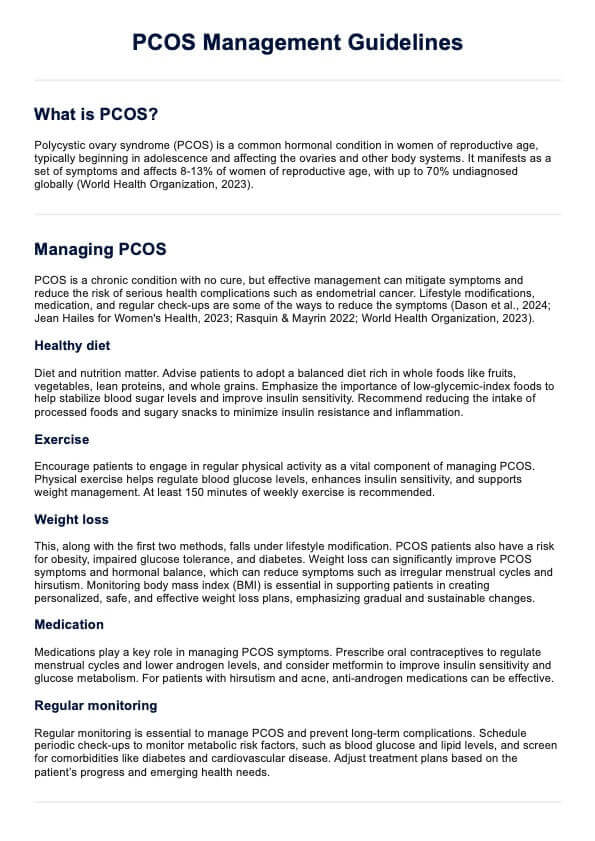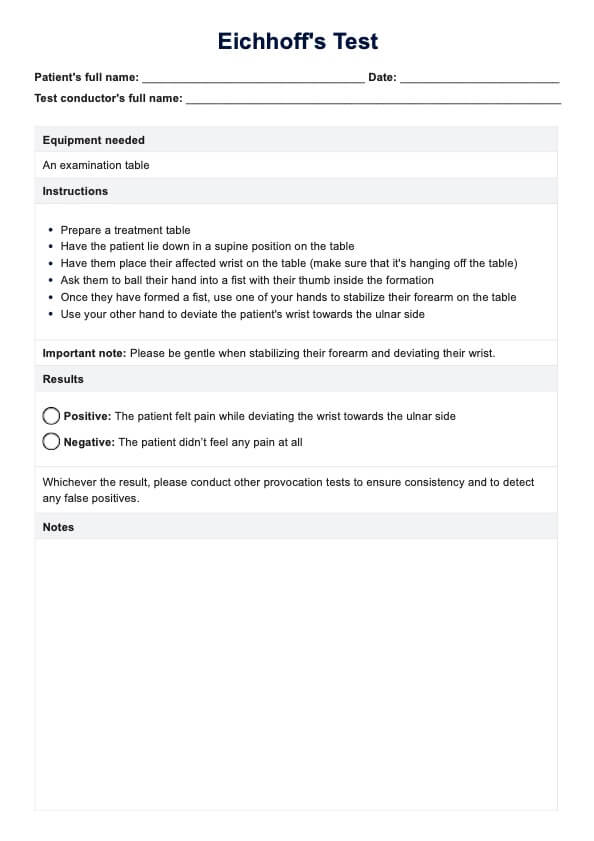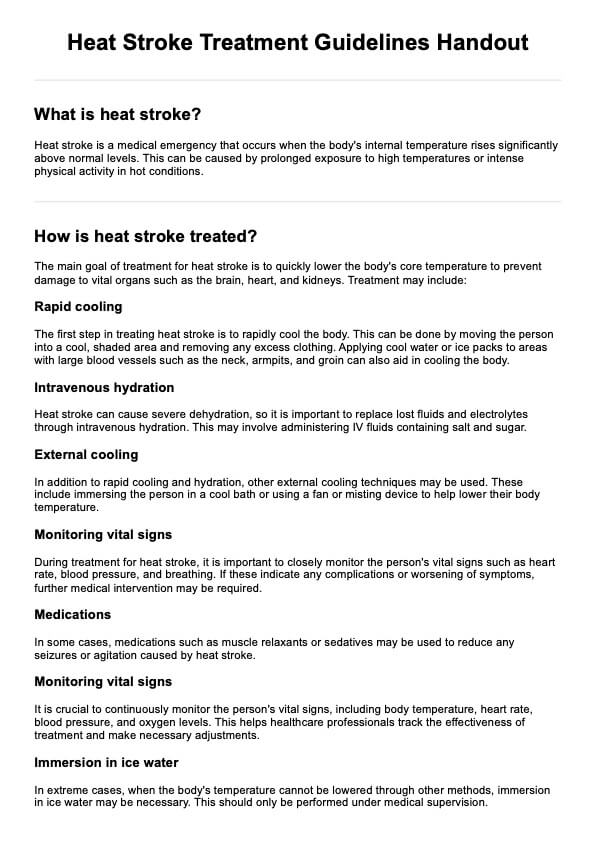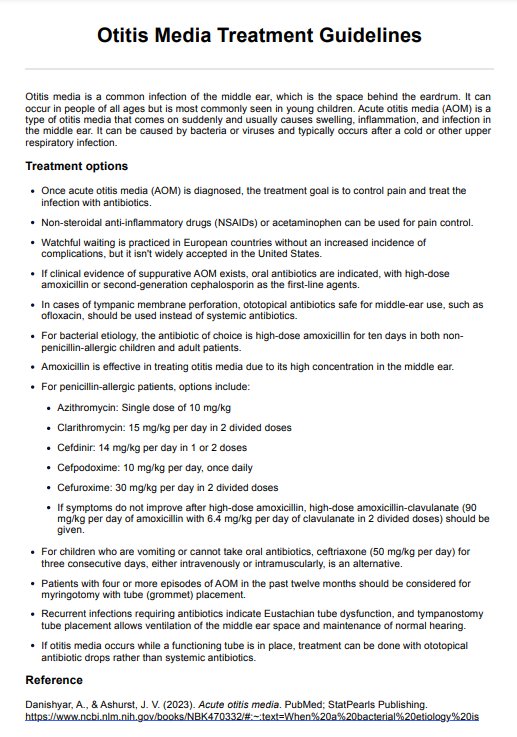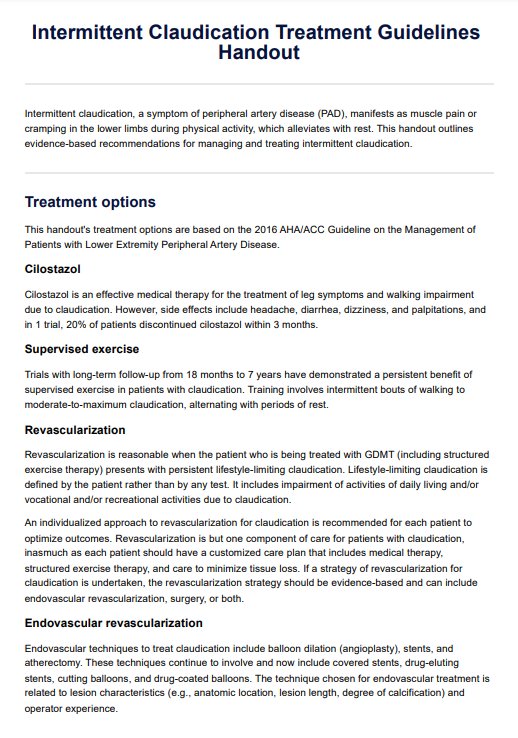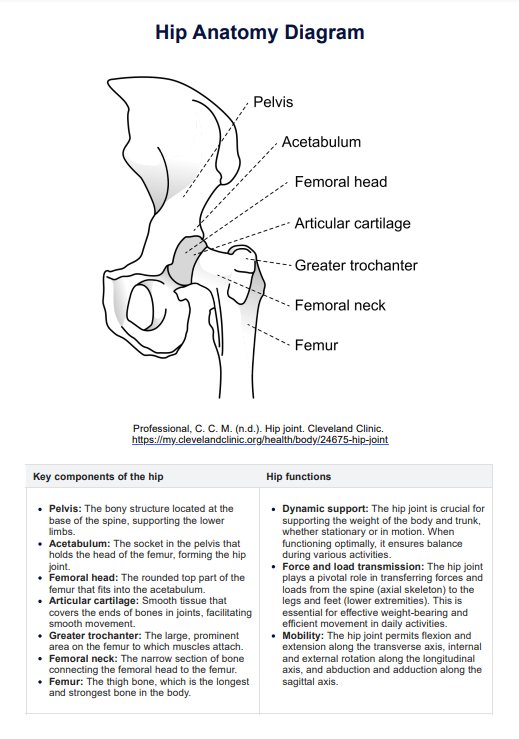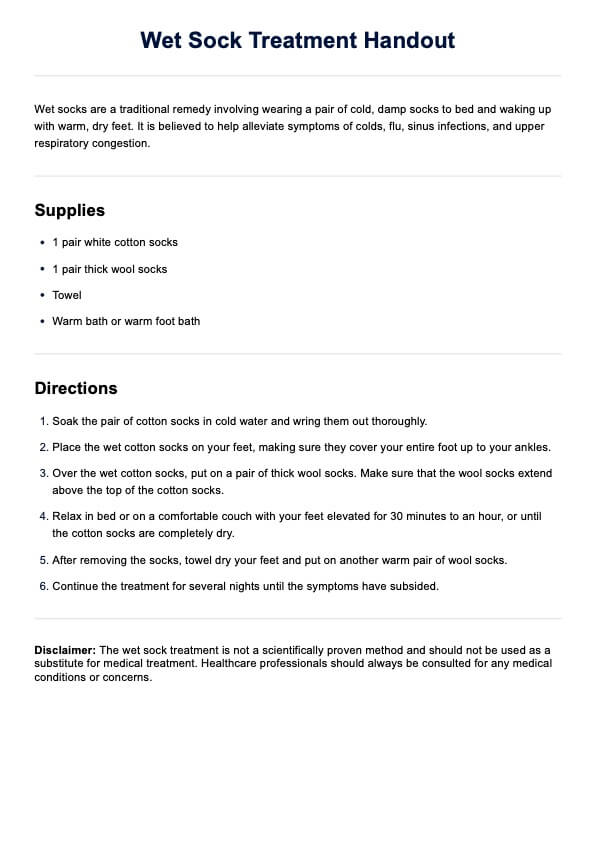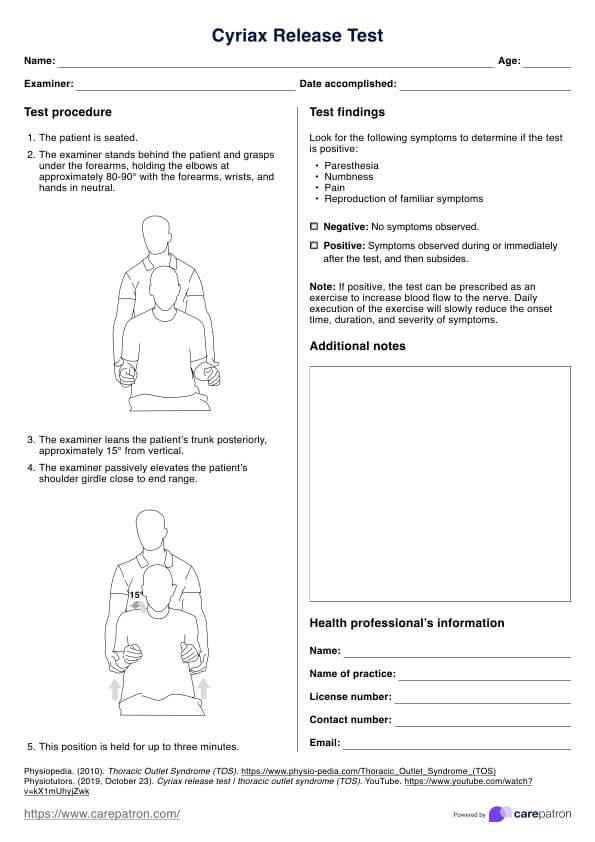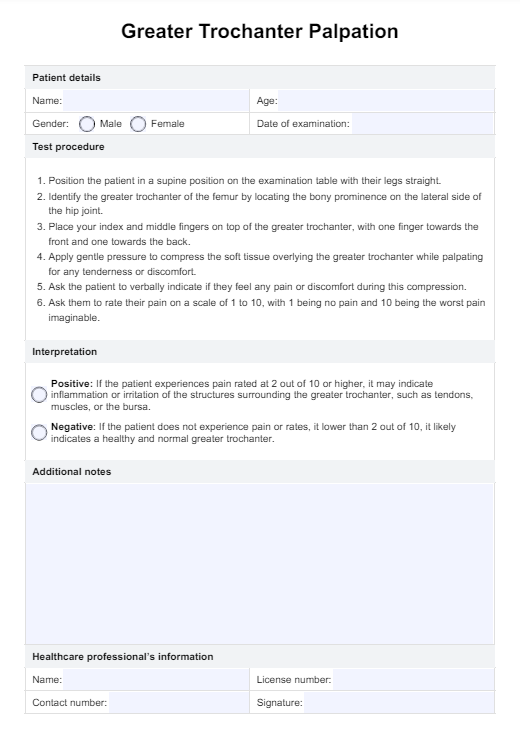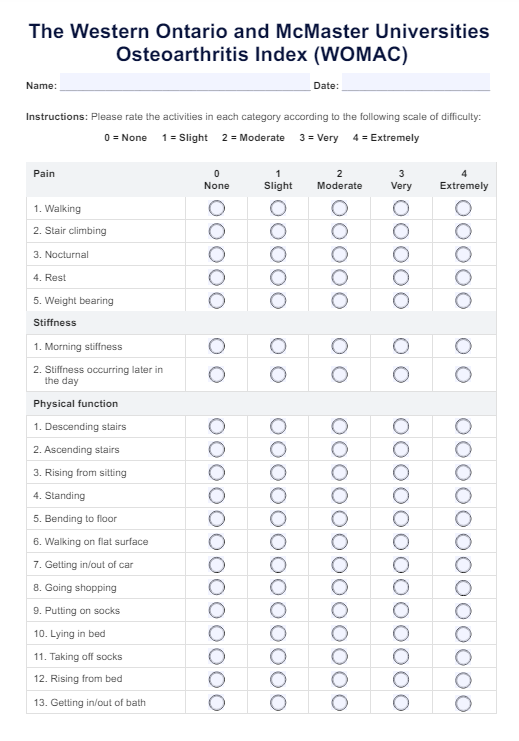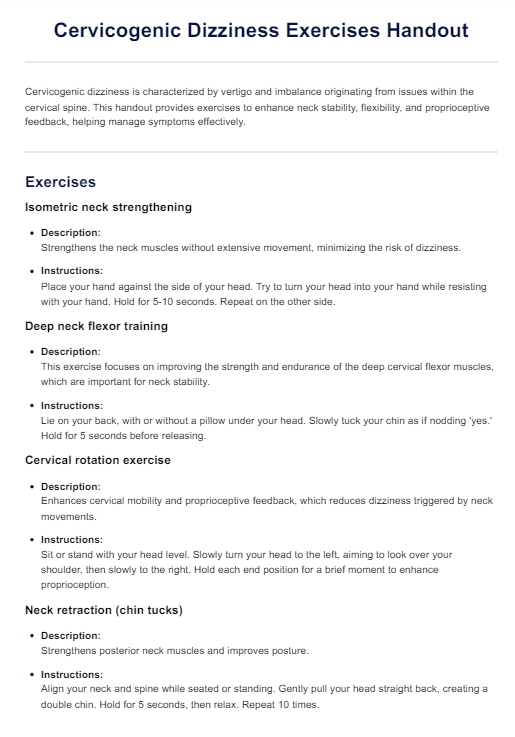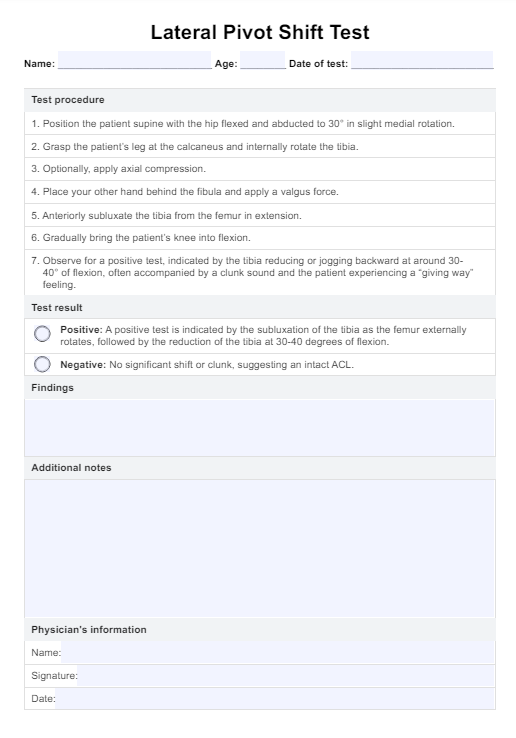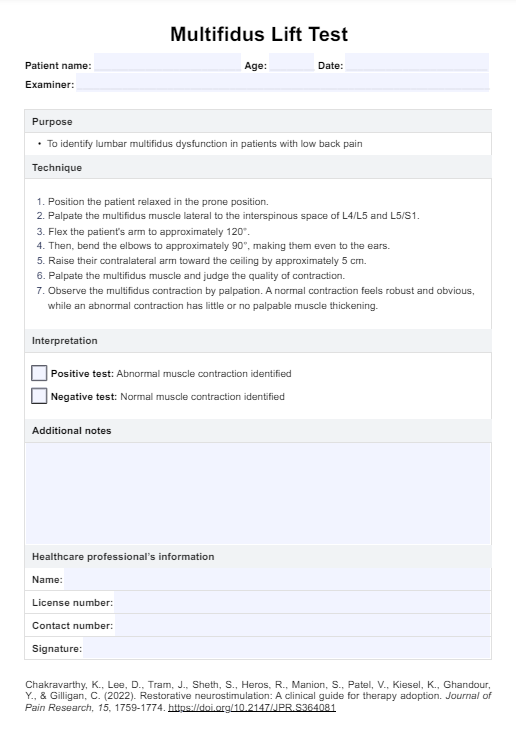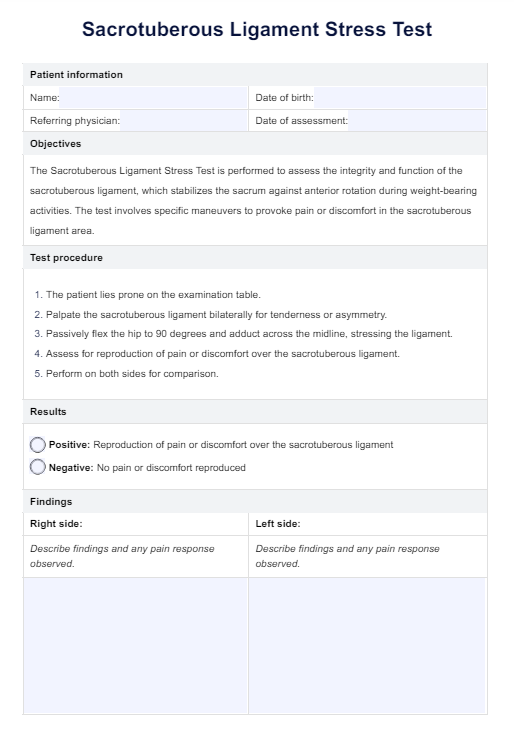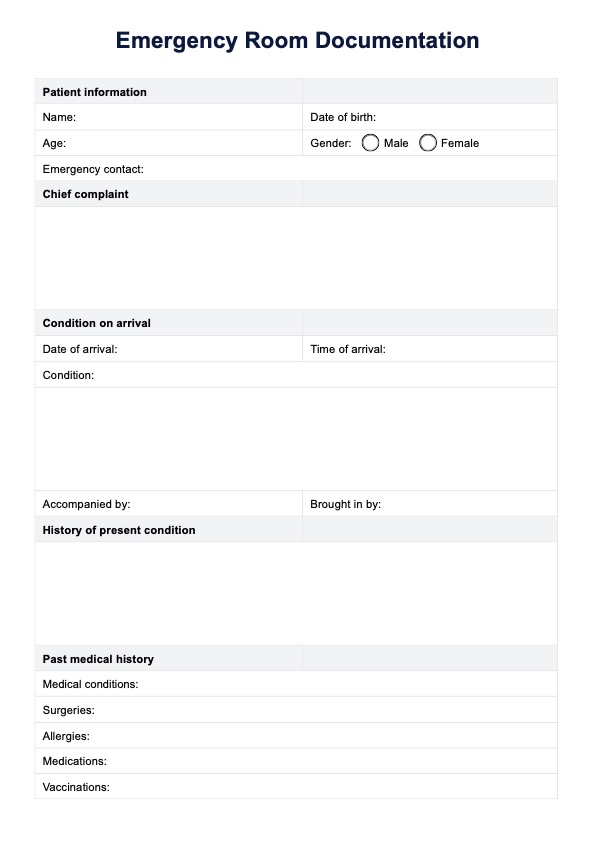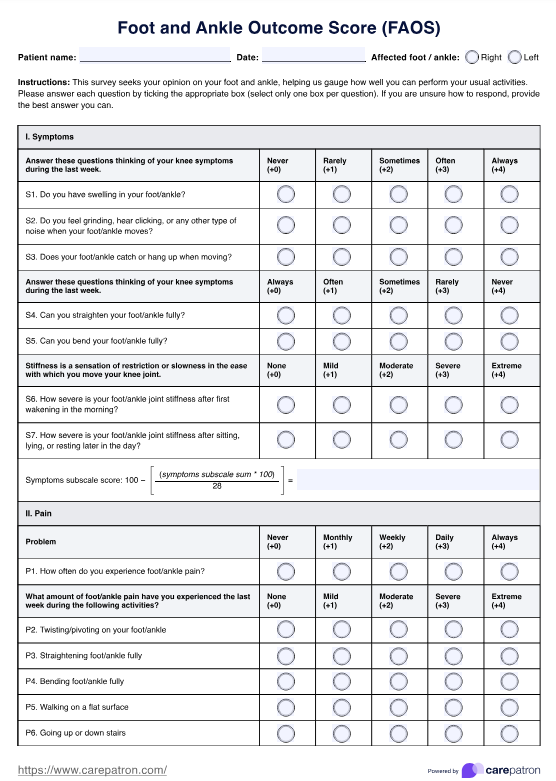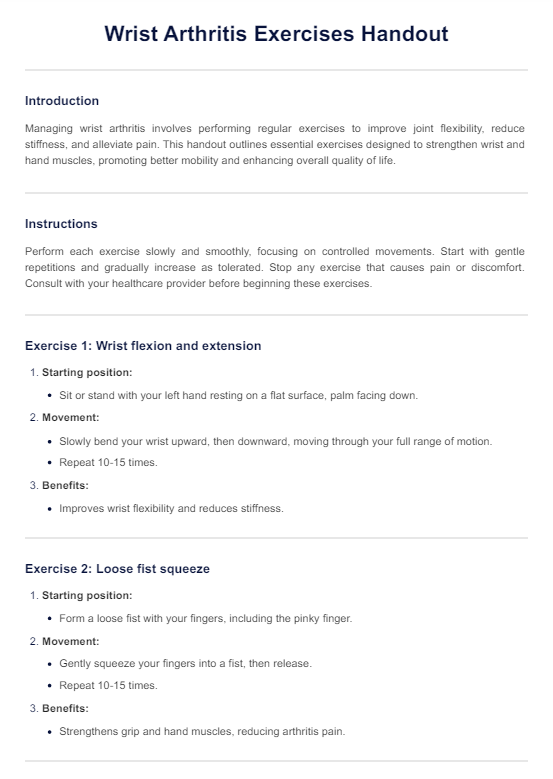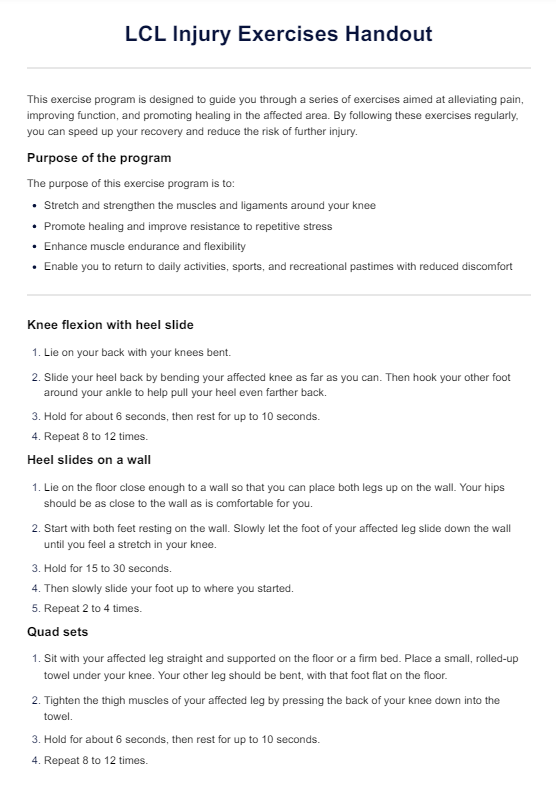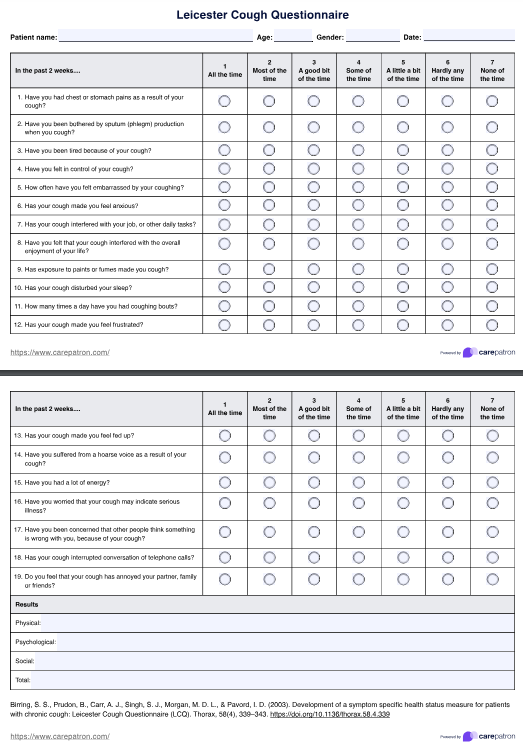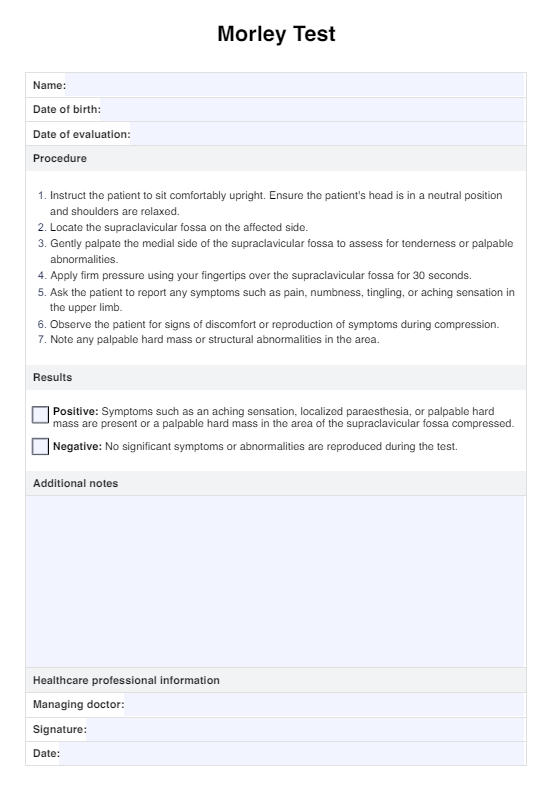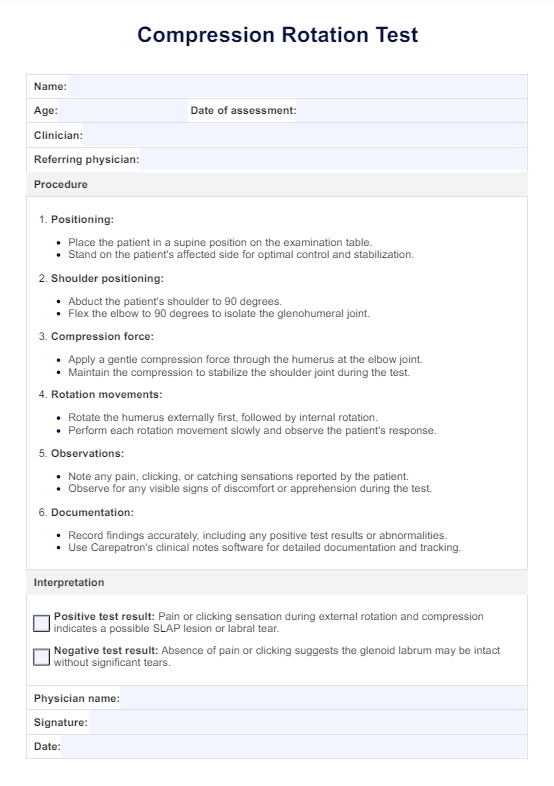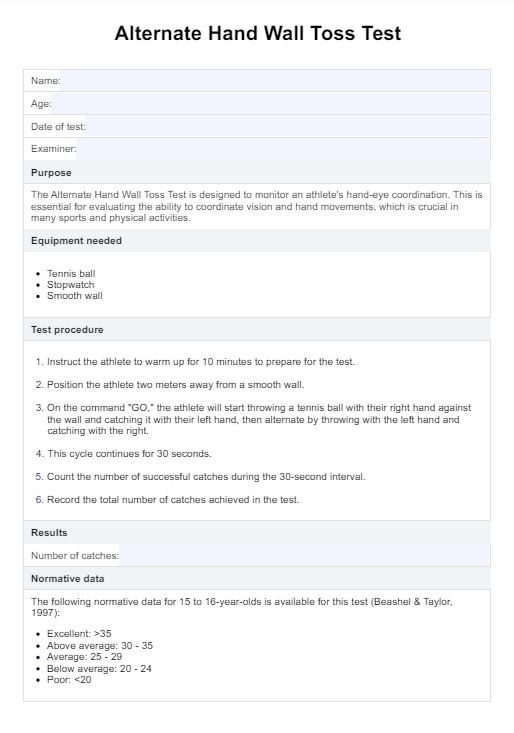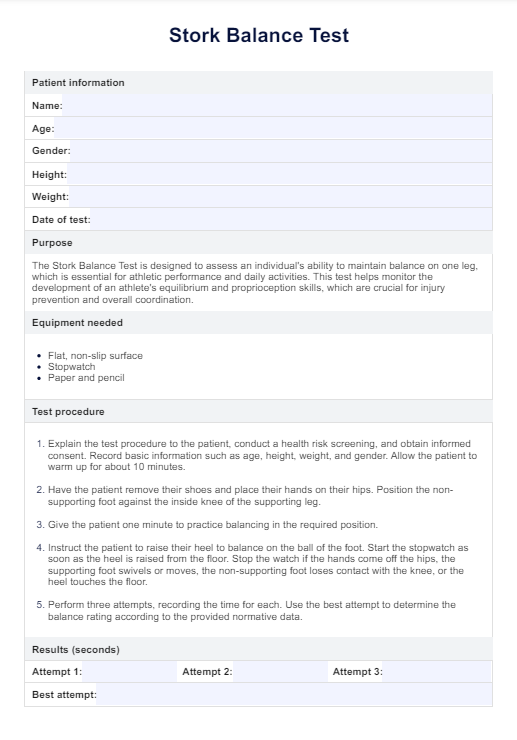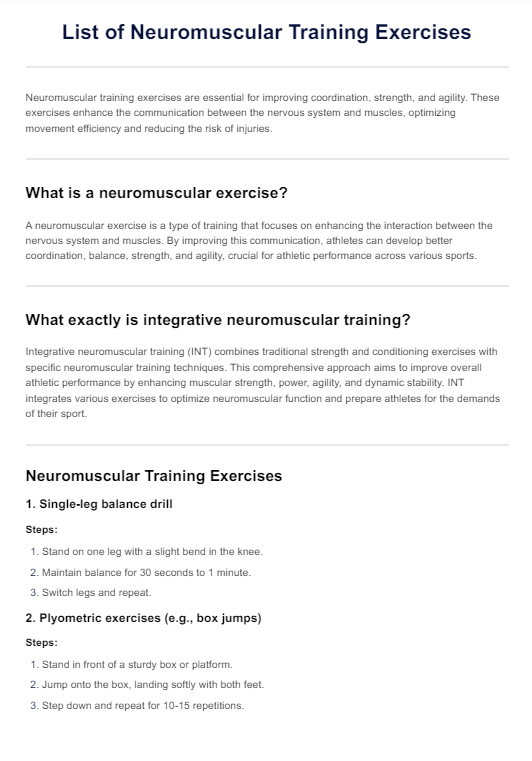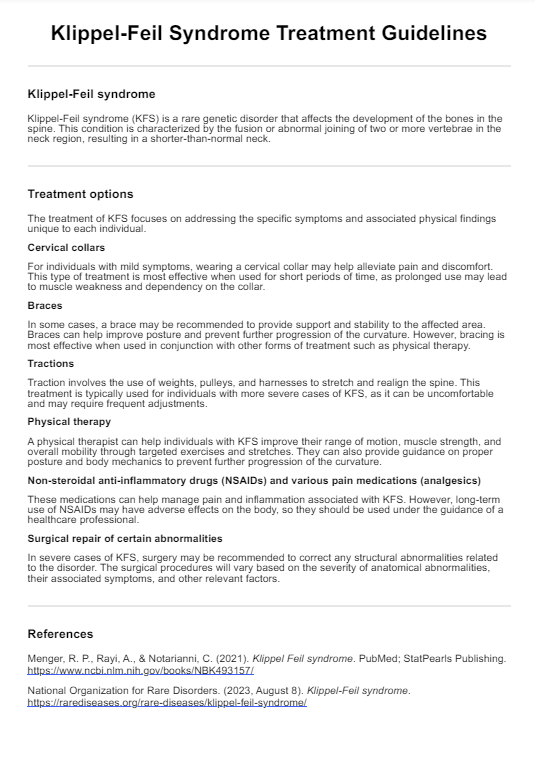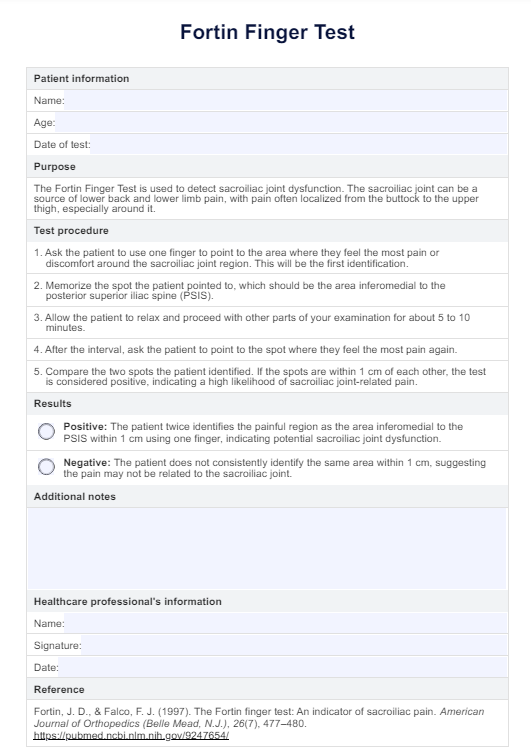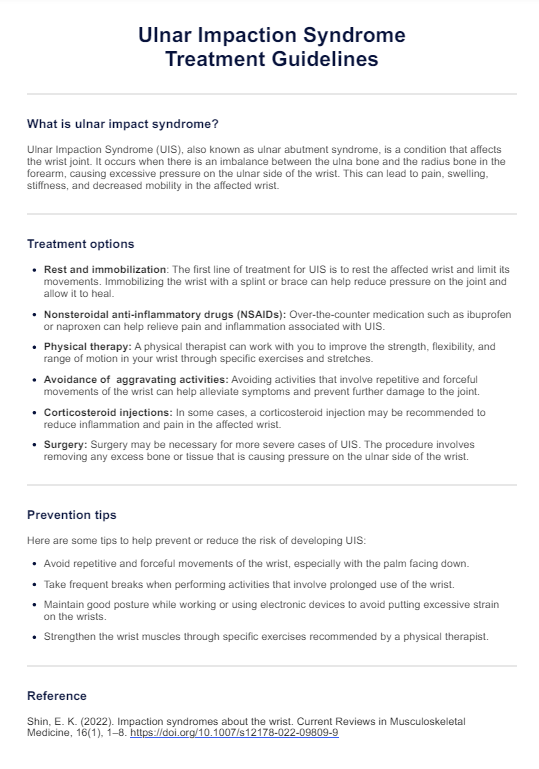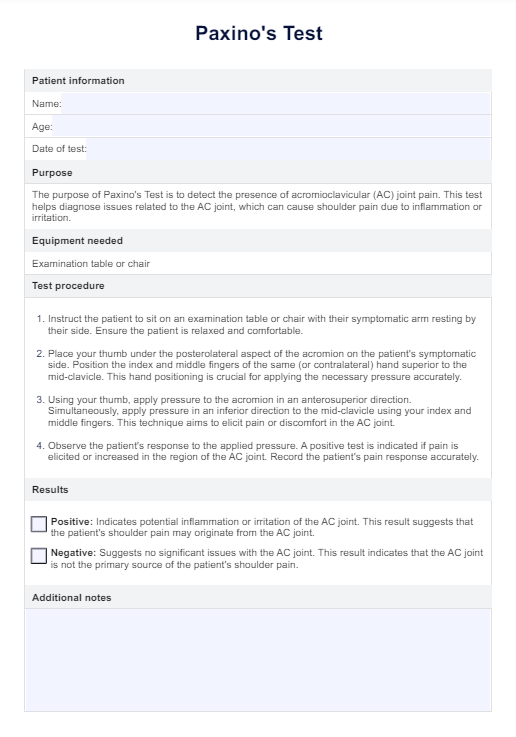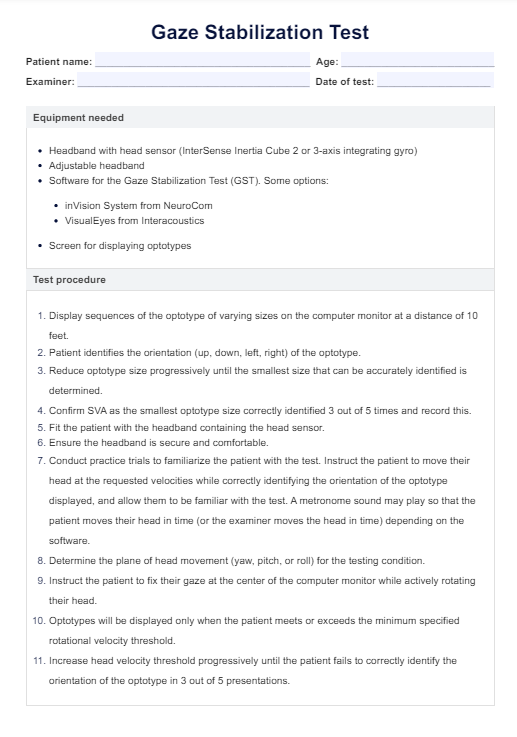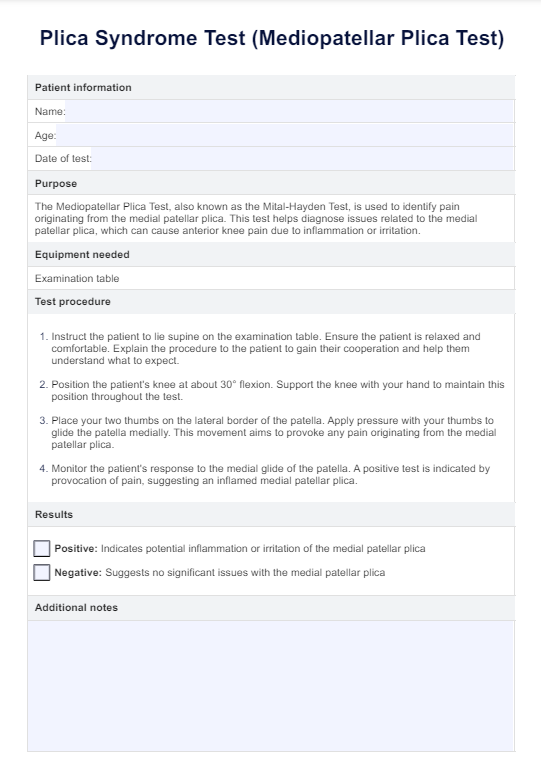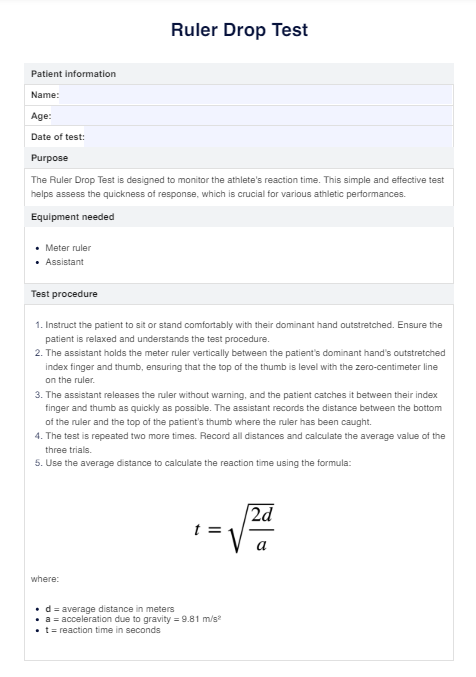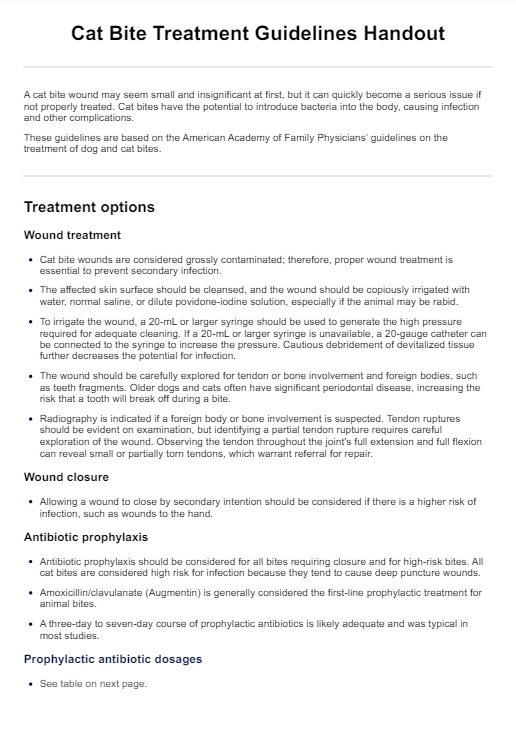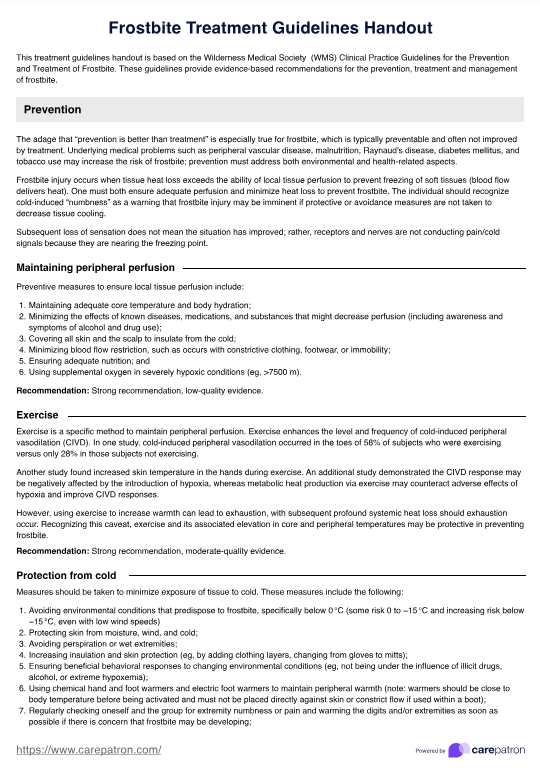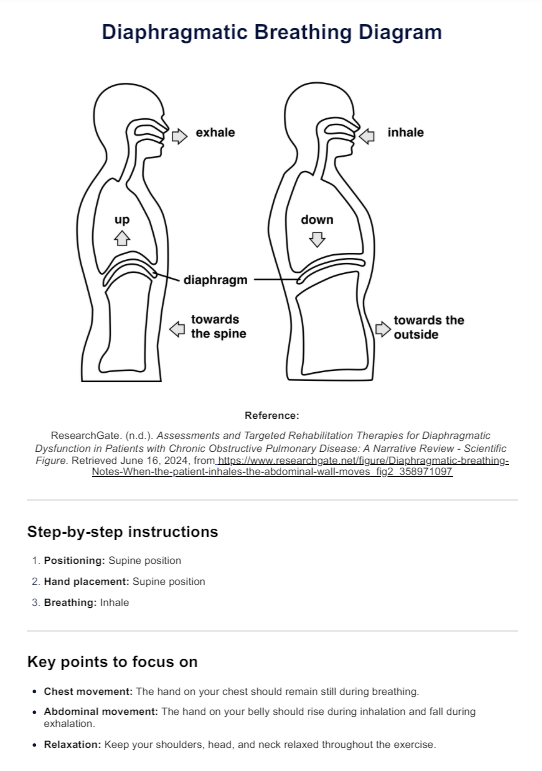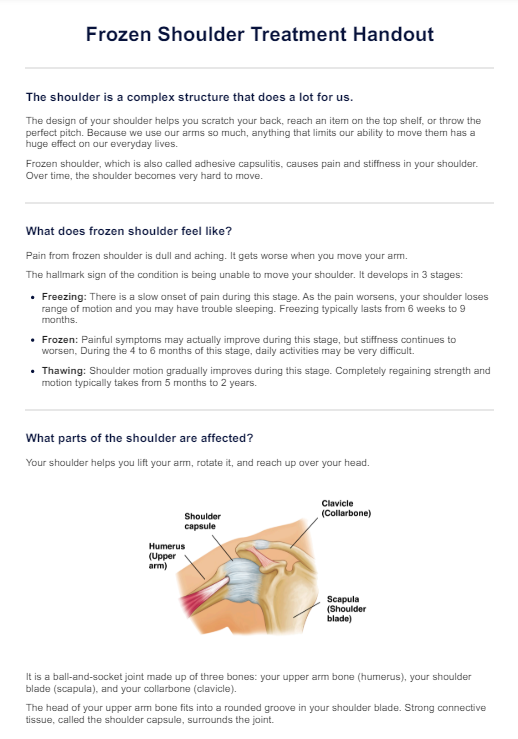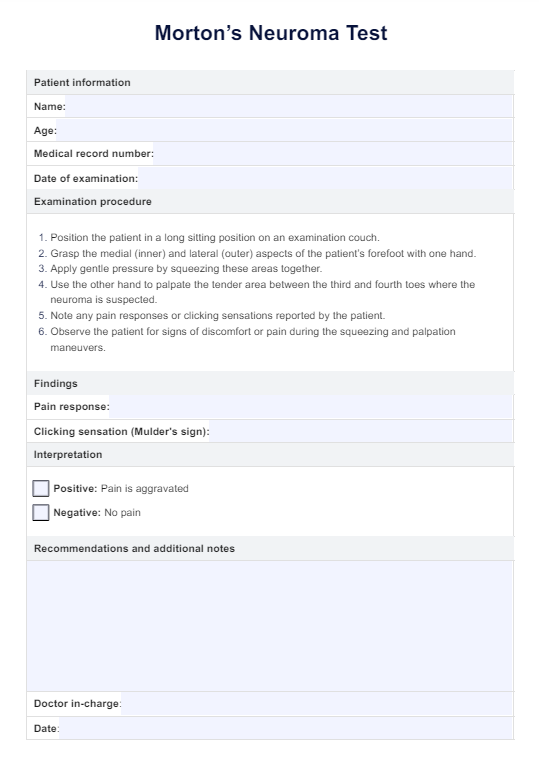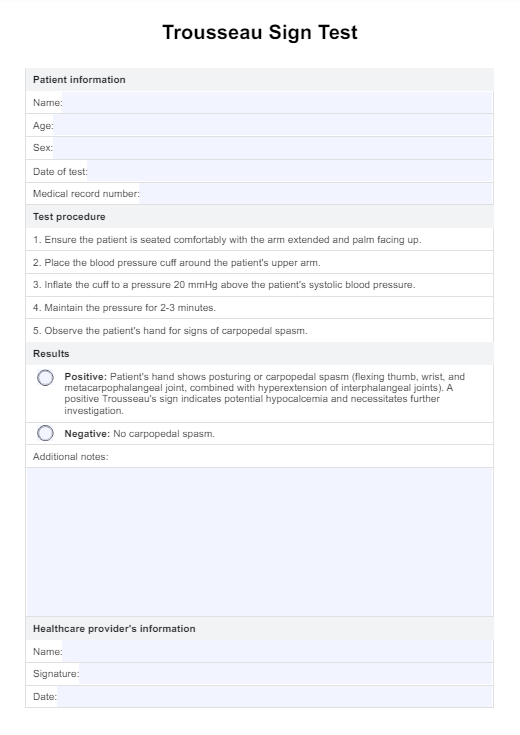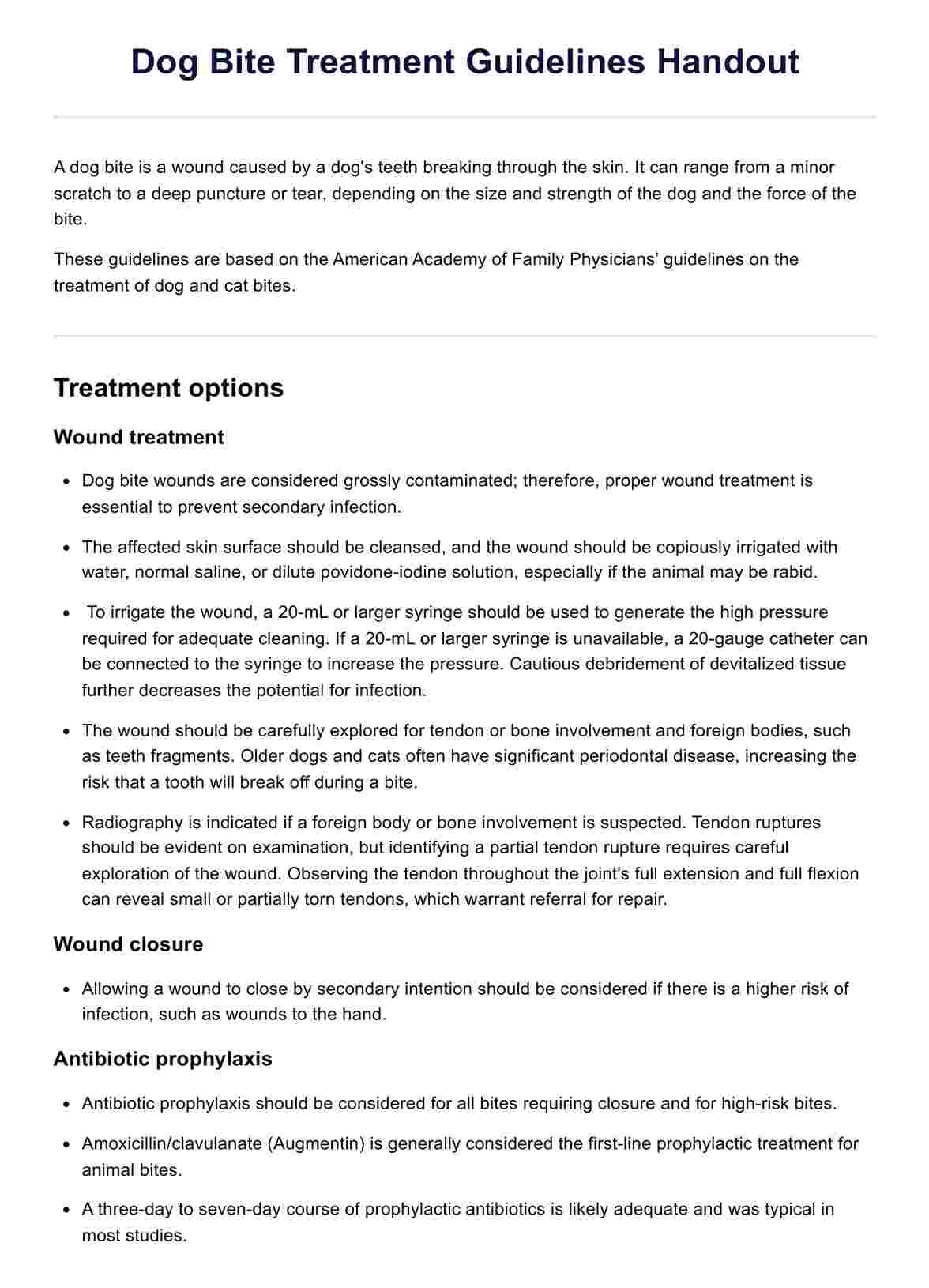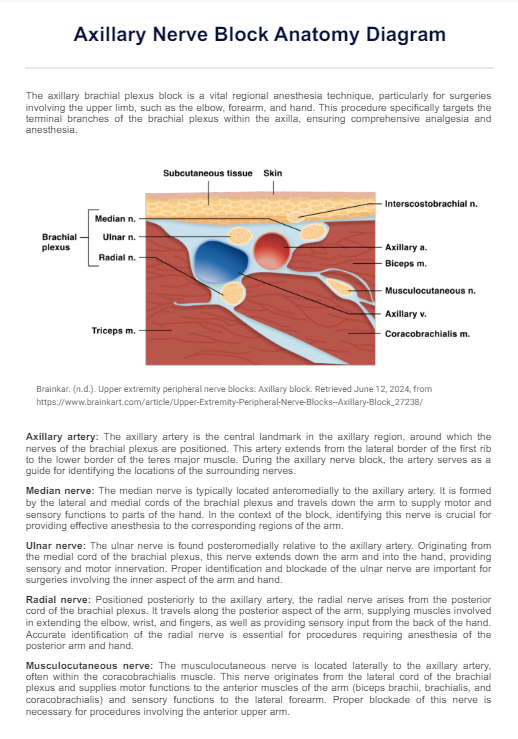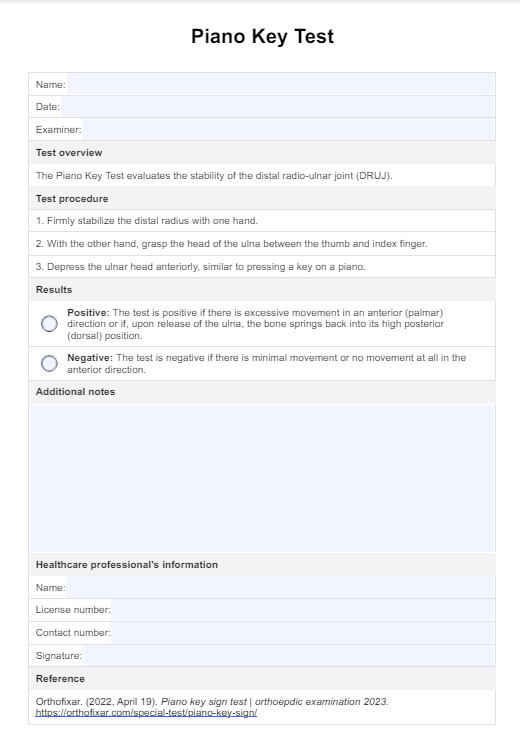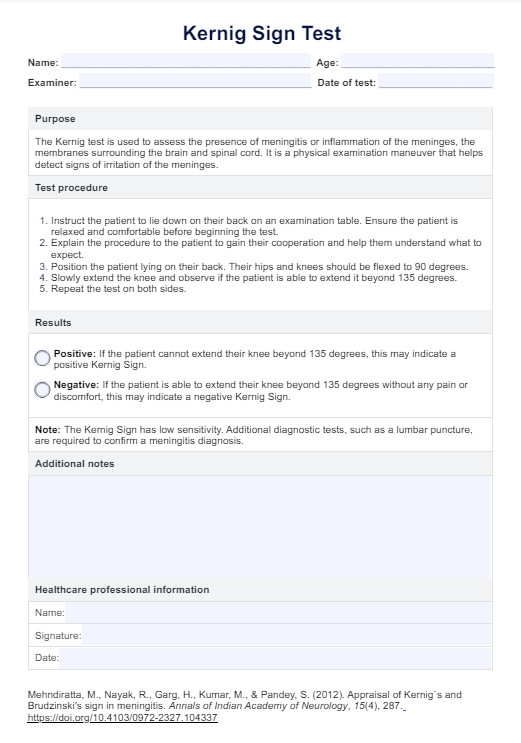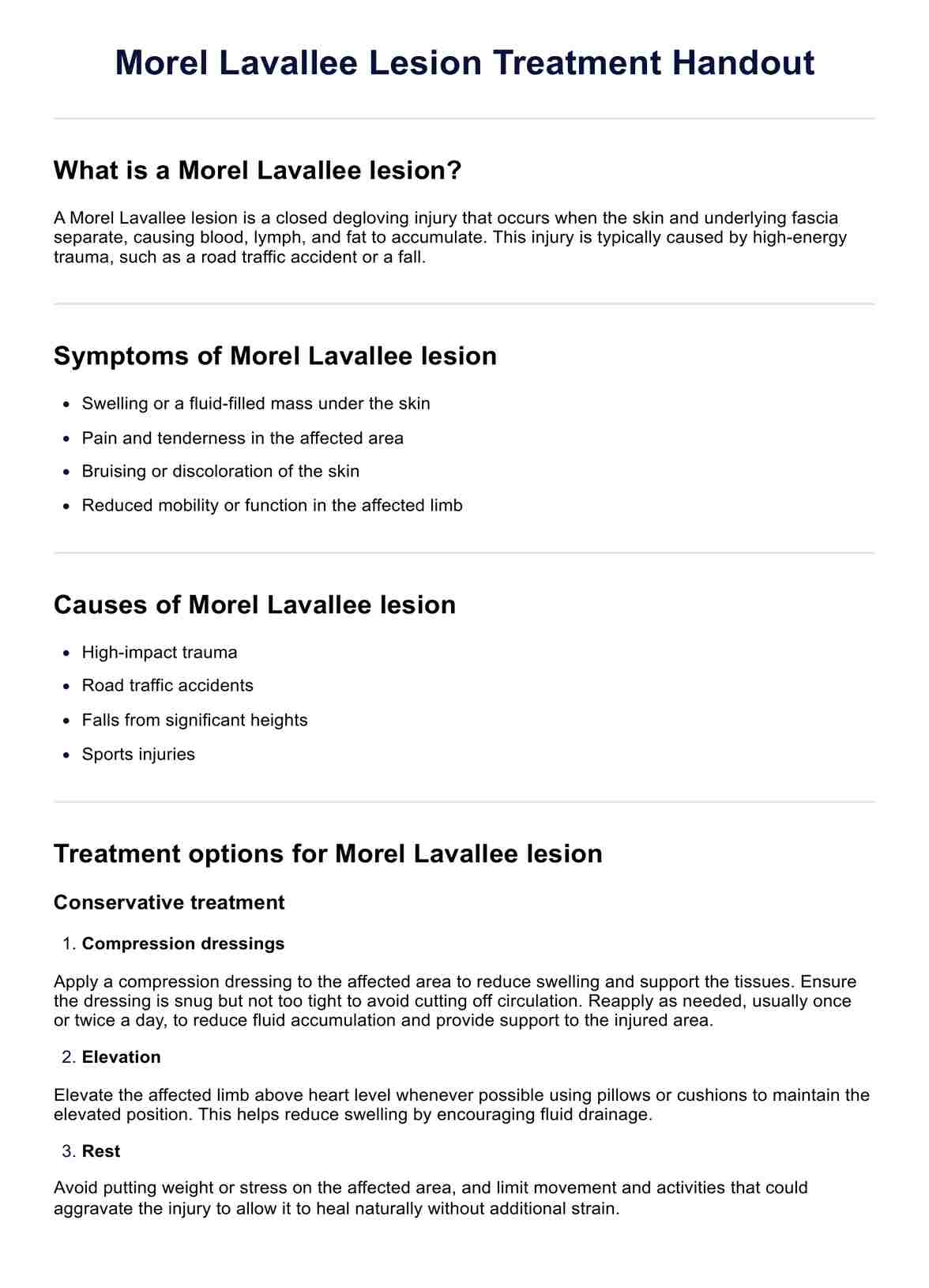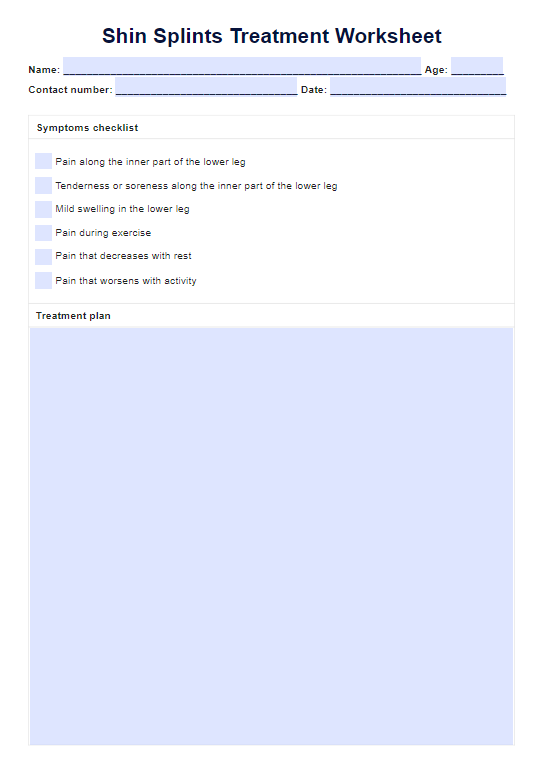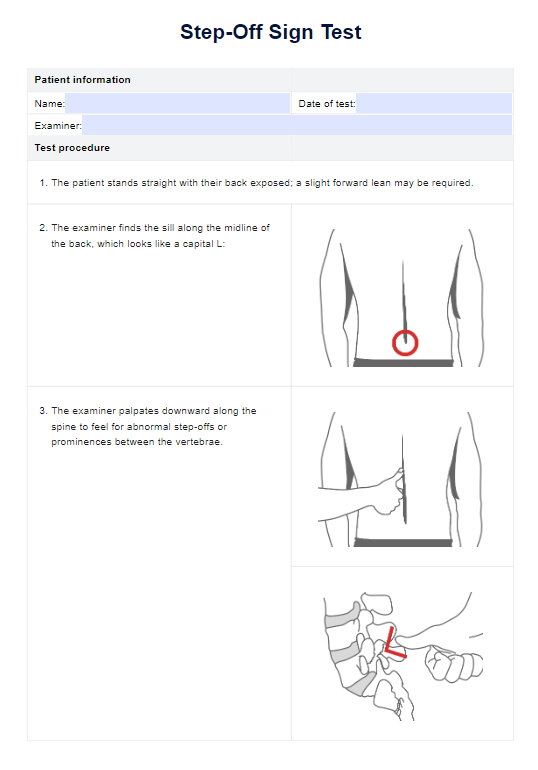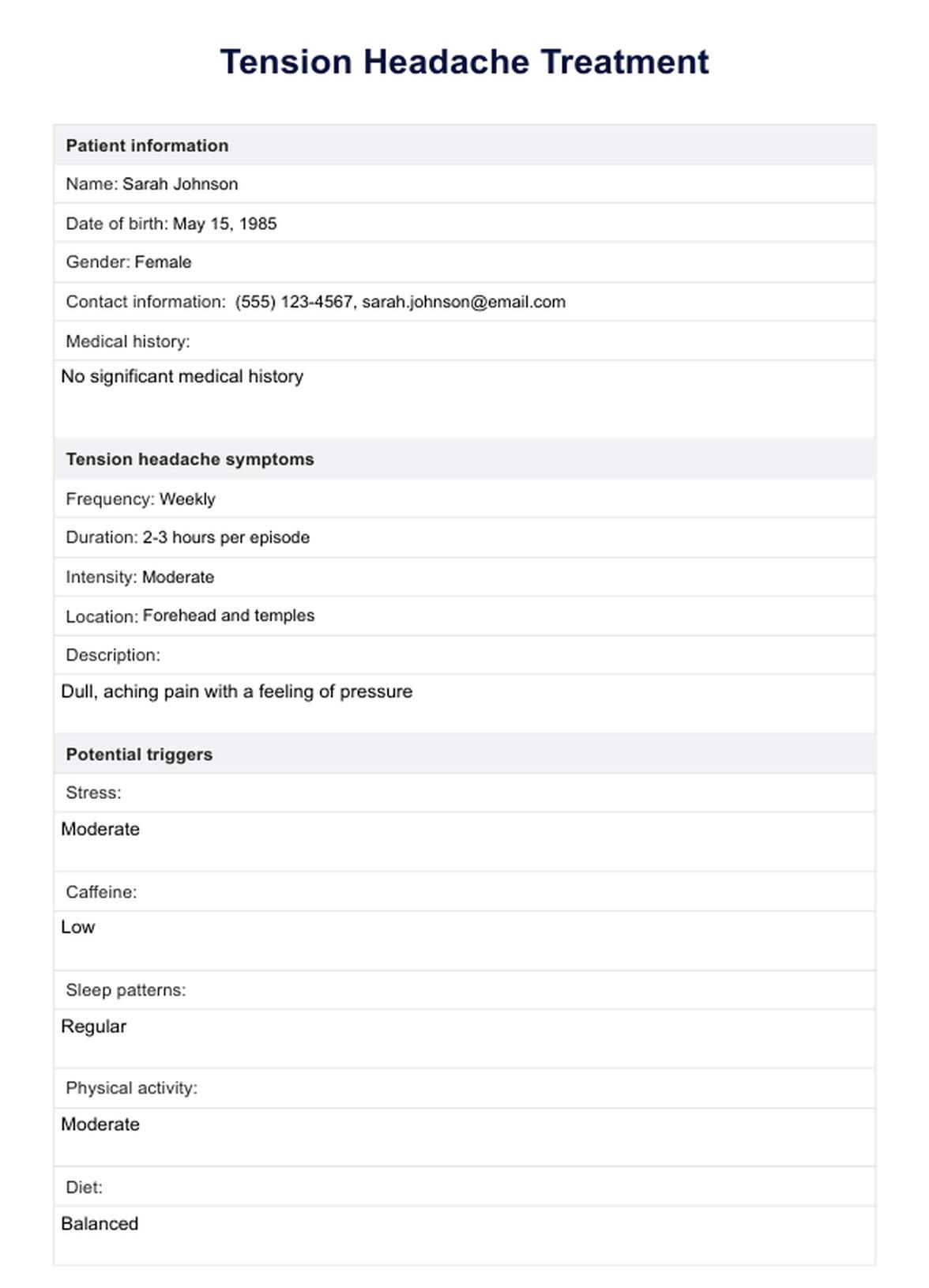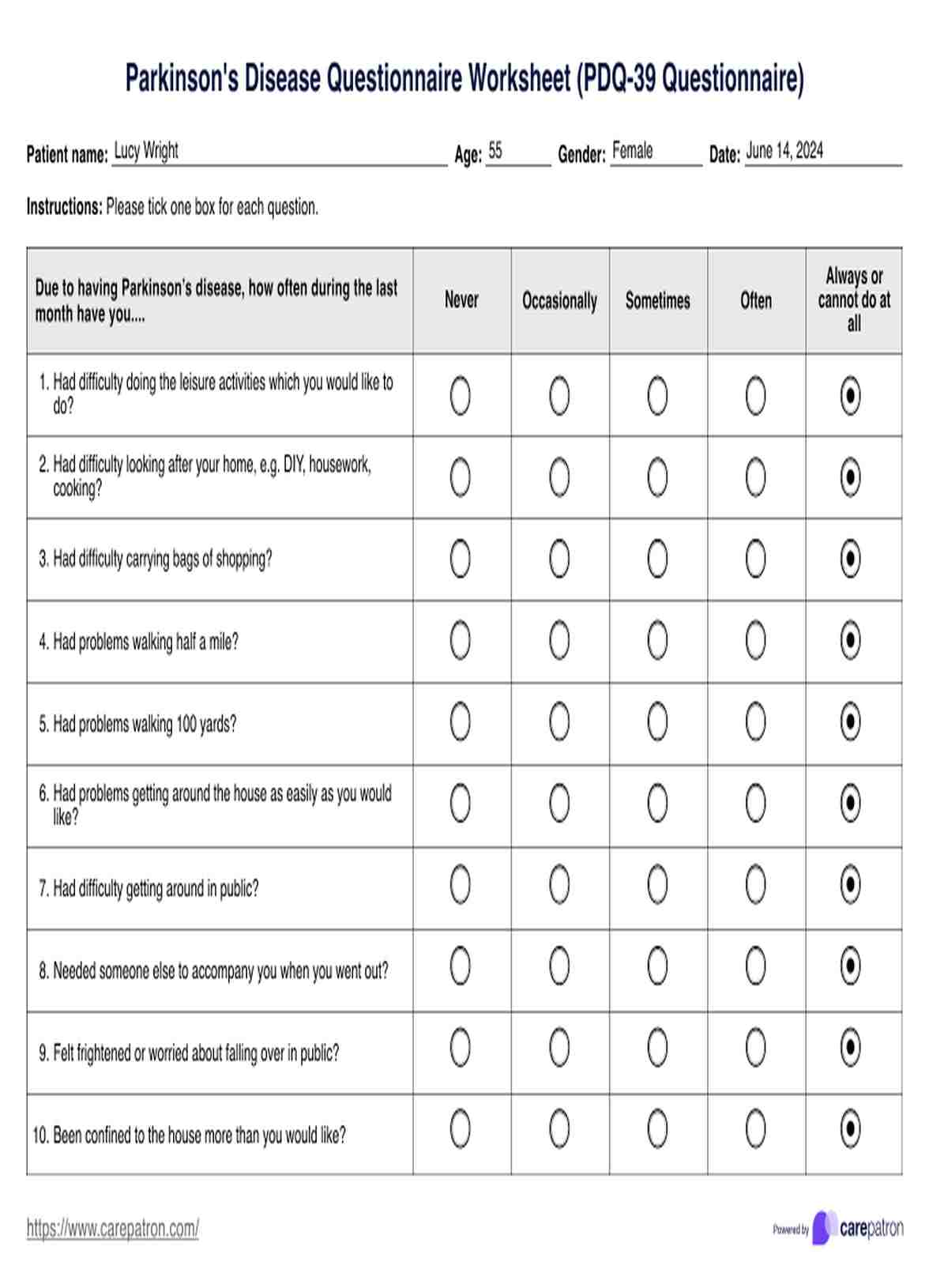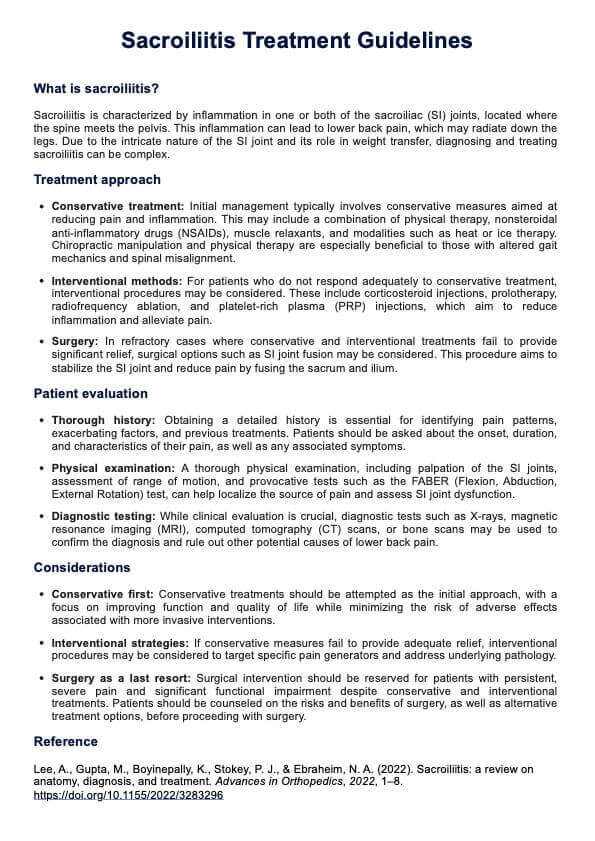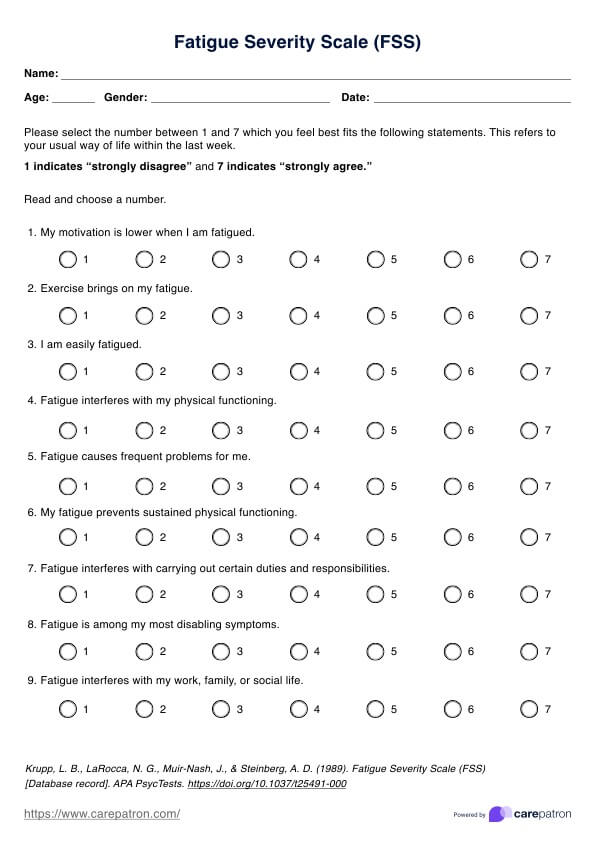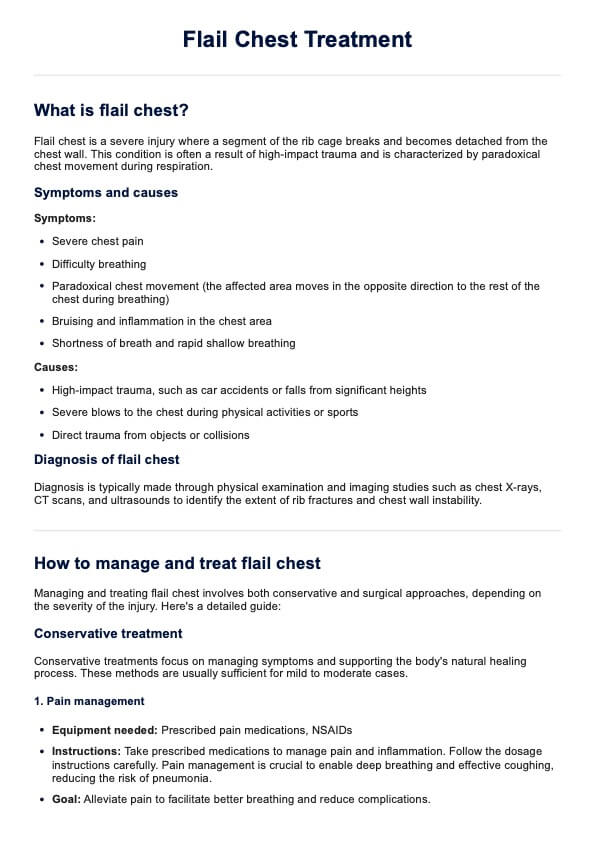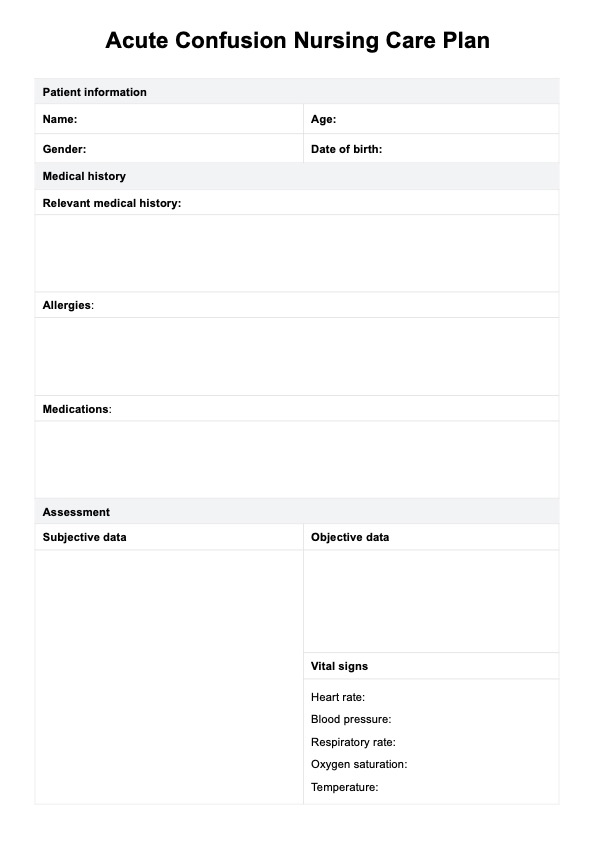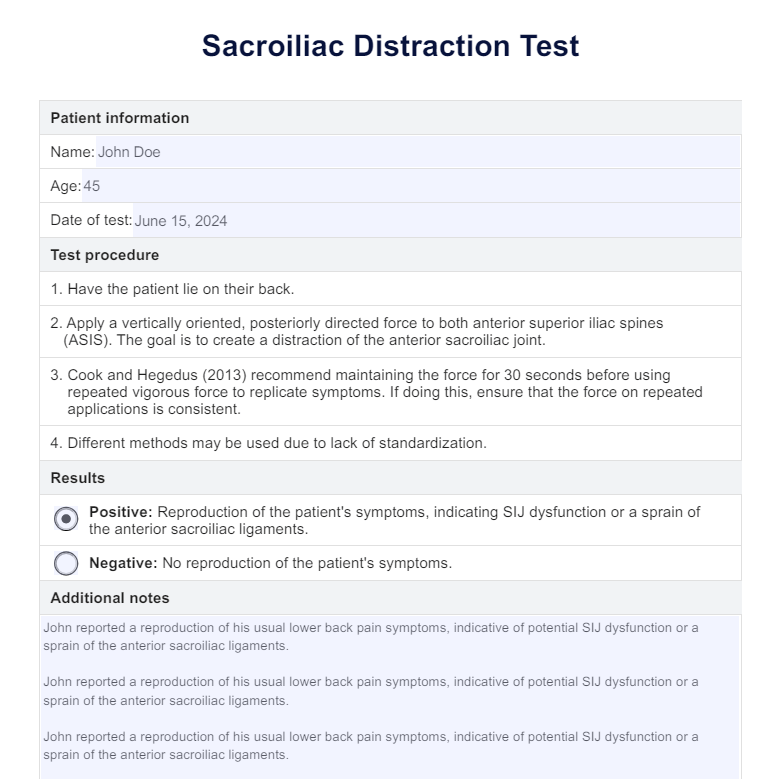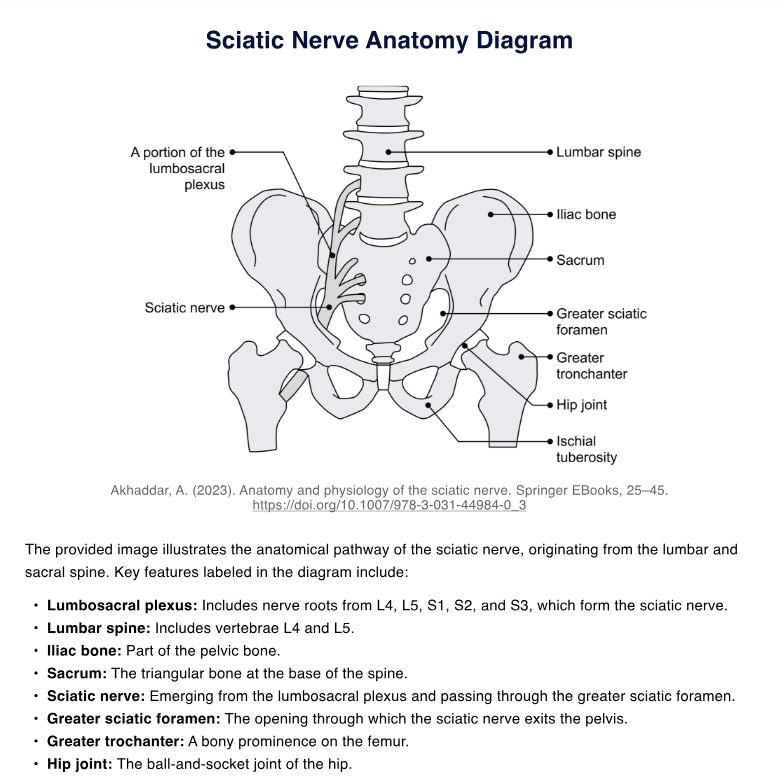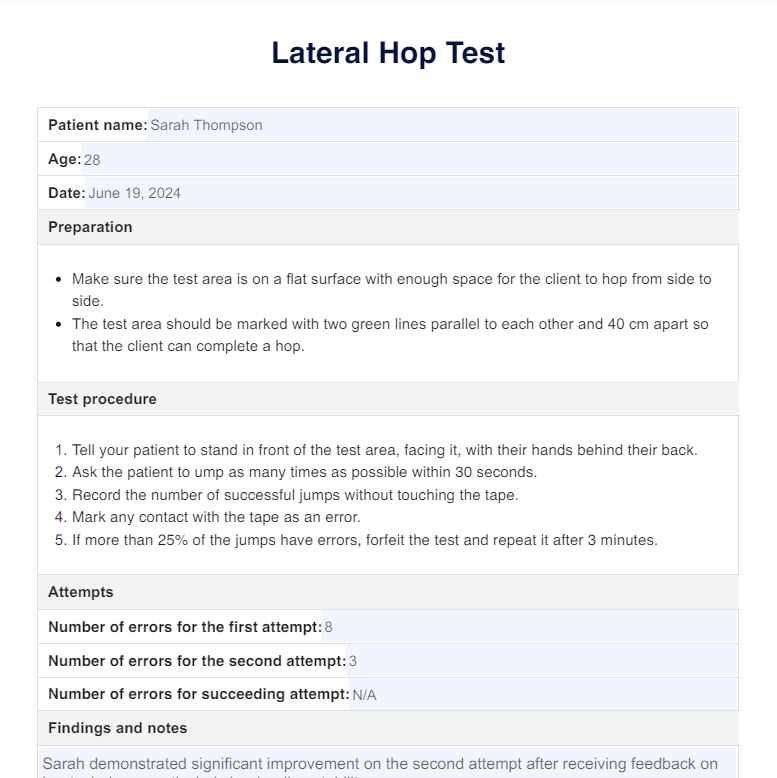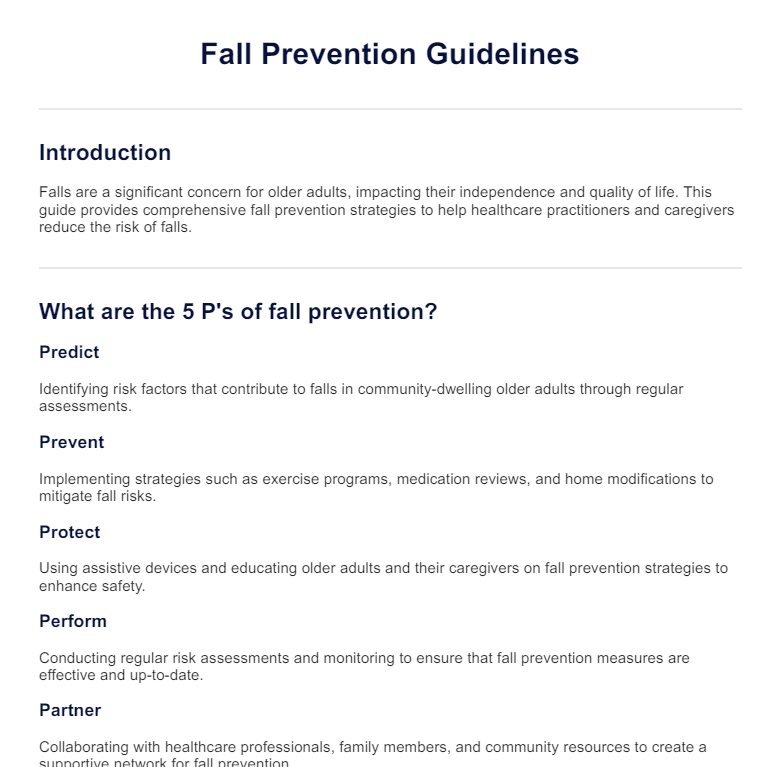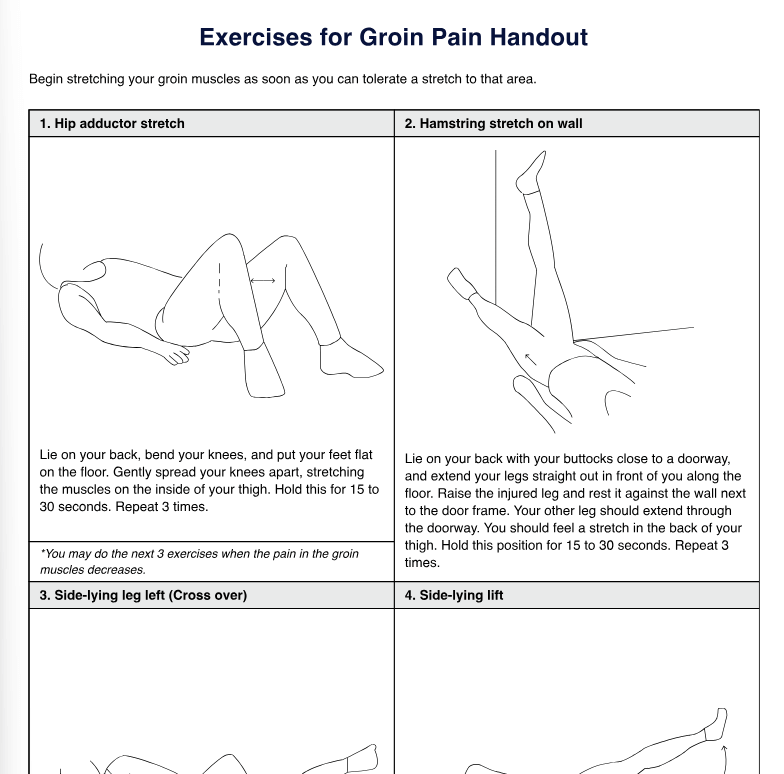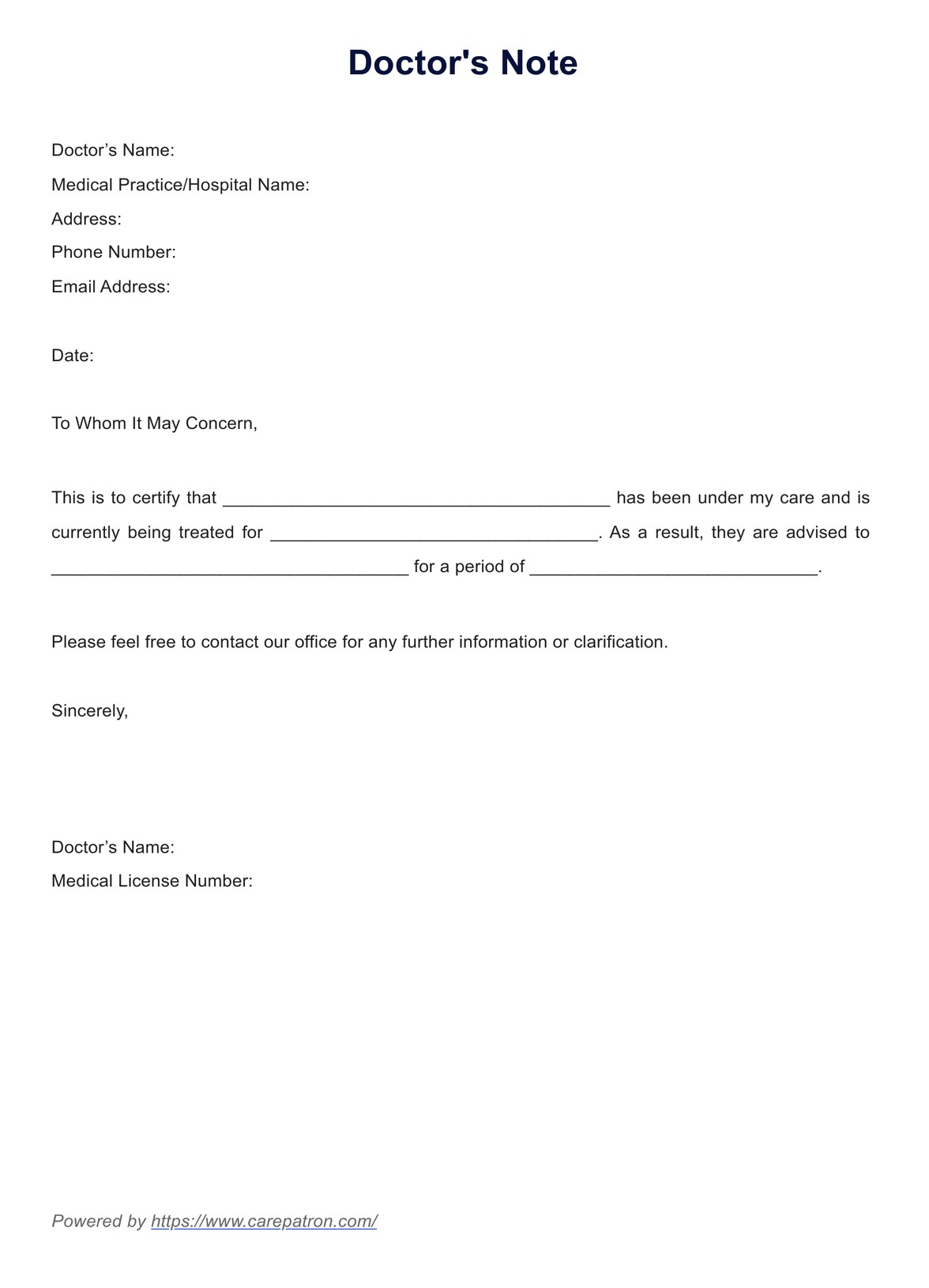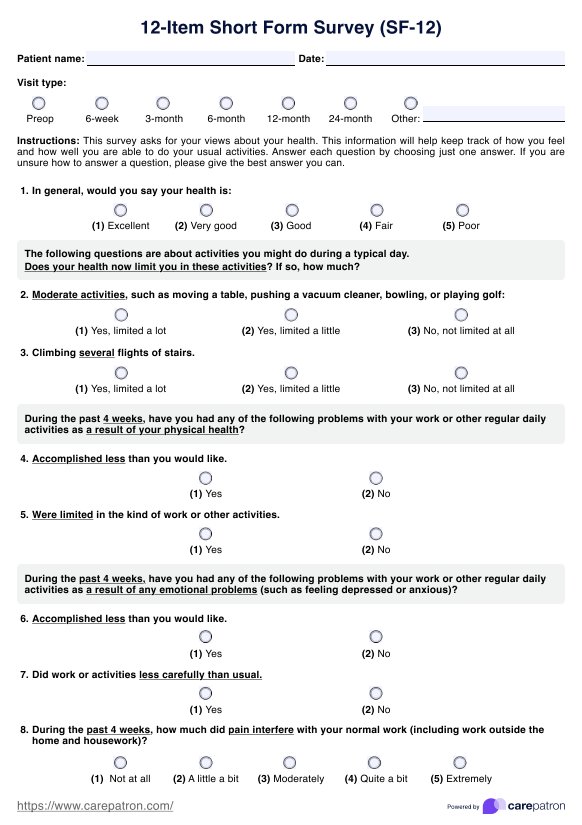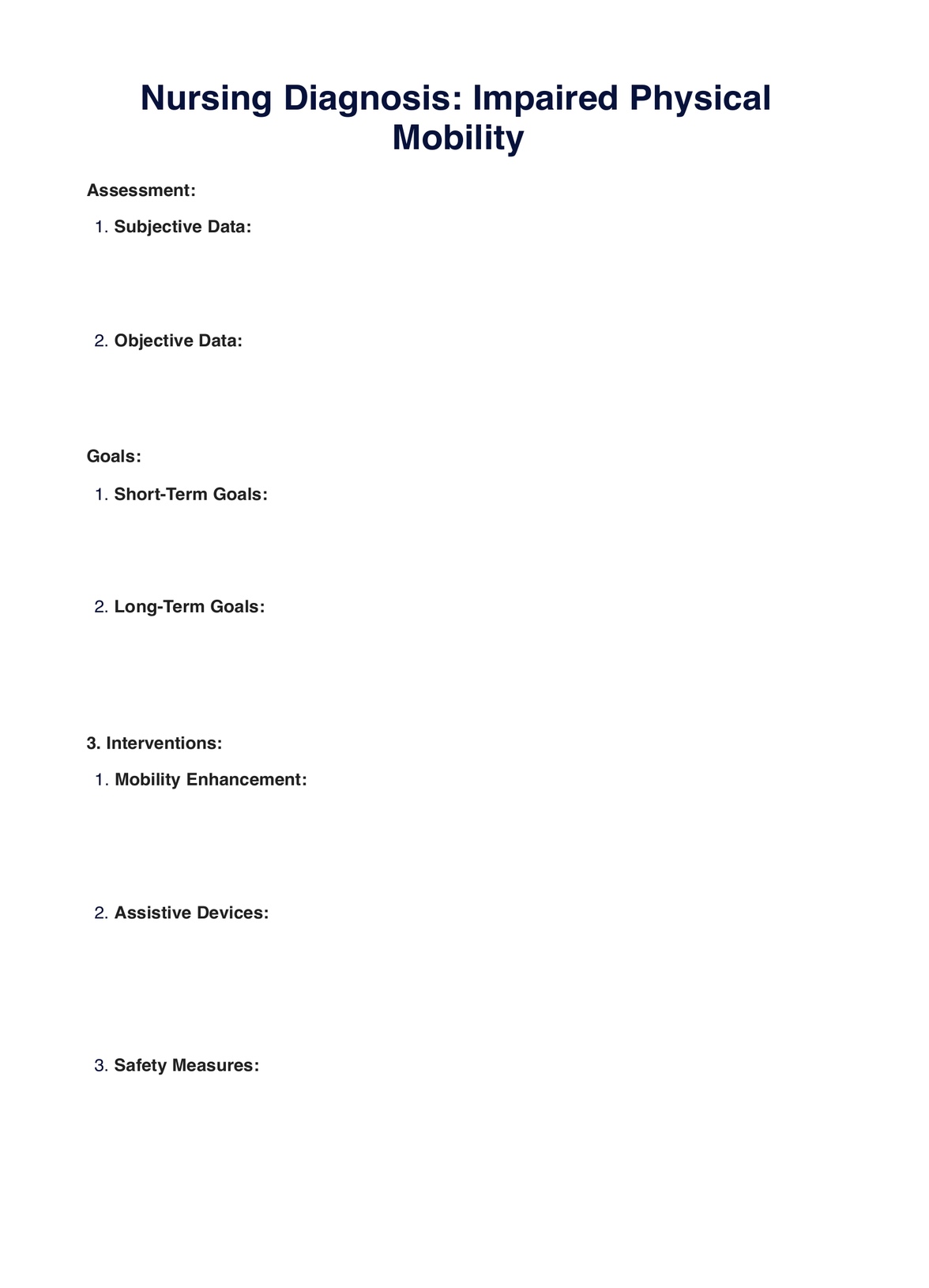Acute Pain Nursing Care Plan
Want to provide appropriate and holistic care to patients? Use this organized Acute Pain Nursing Care Plan Template Carepatron has provided you.


What is an Acute Pain Nursing Care Plan Template?
An acute pain nursing care plan template is a tool that nurses use to help them provide care for patients experiencing acute pain. The template includes several components: assessment, diagnosis, planning, implementation, and evaluation.
Acute pain related to appendicitis as evidenced by verbal report of pain, guarding behavior, increased heart rate and blood pressure, and hypoactive bowel sounds. It is often sudden and intense, requiring prompt attention and tailored interventions for effective relief. The template is a dynamic tool that outlines a personalized approach to patient care, ensuring a holistic strategy for pain management.
The plan facilitates a thorough assessment of the patient's pain, including its location, severity, duration, and potential contributing factors. This comprehensive understanding of the pain experience is essential for tailoring appropriate interventions.
Additionally, it incorporates ongoing evaluation of the patient's pain level and response to interventions. This continuous monitoring allows nurses to make timely adjustments to the care plan, ensuring that the patient's pain remains managed effectively.
This resource typically includes critical components such as a thorough pain assessment, identification of potential causes, and a range of evidence-based interventions. It acts as a roadmap for nurses, outlining the steps to be taken based on the individual needs and characteristics of the patient. The template promotes a multidisciplinary approach, encouraging collaboration between healthcare providers to optimize patient outcomes.
Acute Pain Nursing Care Plan Template
Acute Pain Nursing Care Plan Example
How does it work?
The acute pain nursing care plan template is designed to streamline the process of managing acute pain effectively. Follow these steps to utilize this resource:
1. Patient assessment
Begin by conducting a comprehensive assessment of the patient's pain. Identify the location, intensity, and any contributing factors. Use a pain scale to quantify the severity, allowing for a more accurate evaluation.
2. Diagnosis and cause identification
Utilize the template to document the diagnosed condition causing acute pain. Identify potential triggers such as surgery, injury, or underlying medical issues. This step ensures that interventions are tailored to the specific cause of pain.
3. Goal setting
Clearly define achievable goals for pain management. Set realistic expectations based on the patient's condition and collaborate with the healthcare team to establish a collective understanding of the desired outcomes.
4. Intervention planning
Develop a detailed plan of interventions based on the assessment and diagnosis. Incorporate pharmacological and non-pharmacological approaches, considering the patient's preferences and overall health.
5. Regular monitoring and adjustments
Implement the plan and regularly monitor the patient's response to interventions. Modify the care plan as needed, considering changes in the patient's condition or feedback from the patient.
Consider exploring Carepatron's printable acute pain nursing care plan template for a convenient and comprehensive template. Carepatron offers a user-friendly solution to enhance pain management strategies and optimize patient care.
When would you use this template?
Carepatron's Acute Pain Nursing Care Plan Template proves indispensable in various healthcare scenarios, providing a structured approach to managing acute pain effectively. Here are instances where this resource becomes particularly valuable:
Post-surgical recovery
Following surgical procedures, patients often experience acute pain. Carepatron's template assists healthcare professionals in developing tailored plans, ensuring that pain is managed optimally during critical recovery.
Trauma and injury management
When caring for patients with traumatic injuries, it is crucial to have a systematic approach to address acute pain. This template guides practitioners in creating personalized care plans, considering the unique circumstances of each case.
Chronic condition exacerbation
For individuals with chronic conditions experiencing acute exacerbations, a specialized care plan becomes essential. Carepatron's template allows healthcare providers to adapt and modify the plan to address acute pain flare-ups.
Pre- and post-intervention planning
Whether preparing a patient for a medical intervention or managing their recovery afterward, this template aids in creating a comprehensive care plan. It ensures a continuum of care, promoting a seamless transition between different phases of treatment.
Multidisciplinary collaboration
This template facilitates collaboration among healthcare professionals when a multidisciplinary approach, such as palliative care, is crucial. It is a shared resource to ensure consistency and continuity in pain management strategies.
What do the results mean?
Understanding the results of a free acute pain nursing care plan template is crucial for healthcare practitioners to gauge the effectiveness of interventions. Here are common results and their meanings:
Improved pain scores
A positive outcome is reflected in improved pain scores on assessment tools. Lower numerical values or decreased intensity on pain scales indicate successful pain management. This result suggests that the interventions implemented, as outlined in the care plan, are effectively alleviating the patient's acute pain.
Enhanced patient functionality
Successful pain management should translate into improved functionality for the patient. Whether it's increased mobility, better sleep, or improved overall well-being, positive changes in patient functionality signify that the care plan positively impacts their daily life.
Patient satisfaction and compliance
A satisfied and compliant patient is a crucial indicator of a well-executed care plan. When patients understand and actively participate in their pain management, it reflects positively on the effectiveness of the interventions. High satisfaction and compliance rates indicate that the care plan aligns with the patient's needs and preferences.
Fewer emergency interventions
A successful care plan should lead to a reduction in emergency interventions for acute pain episodes. If the patient requires fewer unplanned interventions, it suggests that the care plan effectively prevents or minimizes acute pain crises, contributing to overall stability in the patient's condition.
Research and evidence
Acute pain is a common symptom that various factors, including injury, illness, and surgery, can cause. It is essential to manage acute pain effectively to improve patient outcomes and quality of life.
The first nursing care plans for acute pain were developed in the early 1900s. These plans were based on the work of Florence Nightingale, who believed that nurses should play a key role in managing pain. Nightingale's ideas were based on her observations of patients during the Crimean War. She noted that patients who received pain relief could recover more quickly and were less likely to develop complications (American Academy of Pain Medicine, 2010).
Nightingale's ideas about pain management were influential in developing nursing education and practice. In the early 1900s, nursing schools began to teach nurses about the assessment and management of pain. This education helped to improve the quality of pain care provided to patients.
In the 1950s and 1960s, there was a growing interest in the use of medication to manage pain. This led to the development of new and more potent pain medications. However, the use of drugs alone was only sometimes effective in managing pain.
In the 1970s, nurses developed a more holistic approach to pain management. This approach addressed pain's physical, psychological, and social aspects. Nurses developed a variety of non-pharmacological interventions for pain management, such as relaxation techniques, massage, and distraction (Ghaly, 2003).
In the 1980s and 1990s, there was a growing emphasis on patient-centered care. This led to the development of individualized pain care plans. These plans were based on the patient's individual needs and preferences.
In the 2000s and 2010s, there has been a focus on improving the quality of pain assessment and management. This has led to the development of new pain assessment tools and pain management guidelines (Jacox, et al.., 2005).
Today, acute pain nursing care plans are essential to nursing practice. These plans help ensure patients receive the best possible pain management care.
References
American Academy of Pain Medicine. (2010). Acute pain management: a practical guide.https://pubs.asahq.org/anesthesiology/article/97/6/1649/40255/Acute-Pain-Management-A-Practical-Guide
Ghaly, RG. Oxford Academic. (2003). Pain management: a comprehensive review. https://academic.oup.com/bja/article/91/5/765/254751
Jacox, A., Carr, D., & Payne, R. (2005). Management of the patient with pain. https://link.springer.com/chapter/10.1007/0-387-21701-0_77
Karimi, H. (2015). Florence nightingale: the mother of nursing - PMC. https://www.ncbi.nlm.nih.gov/pmc/articles/PMC4557413/
Commonly asked questions
Creating an acute pain nursing care plan template involves thorough patient assessment, diagnosis identification, goal setting, and intervention planning. Utilize a structured template, like the one provided by Carepatron, to ensure a systematic and comprehensive approach to acute pain management.
Acute pain nursing care plan templates are used in various healthcare scenarios, including post-surgical recovery, trauma and injury management, chronic condition exacerbation, and pre-and post-intervention planning.
Healthcare professionals use acute pain nursing care plan templates to assess pain, identify causes, set goals, plan interventions, and monitor patient progress. Carepatron's user-friendly app facilitates seamless utilization, ensuring efficient and effective acute pain management strategies.
Healthcare professionals, including nurses, therapists, and counselors, typically create acute pain nursing care plan templates. At Carepatron, our platform caters to a diverse range of practitioners, offering personalized templates and tools for streamlined care planning.


